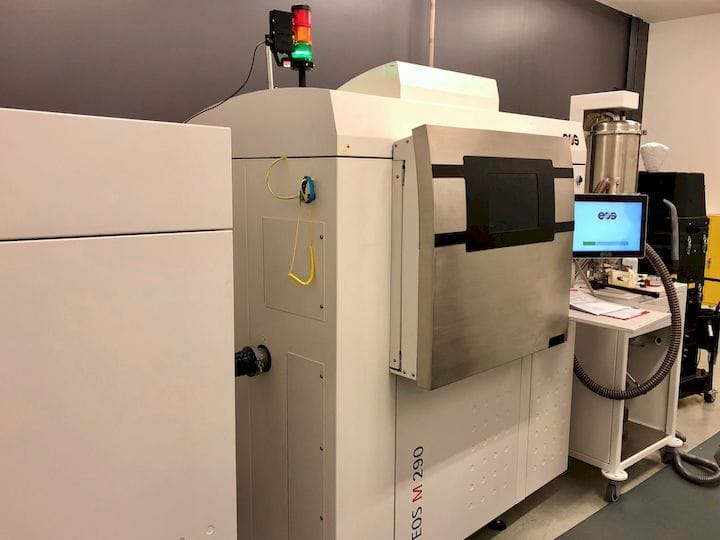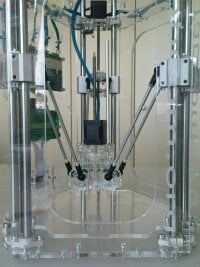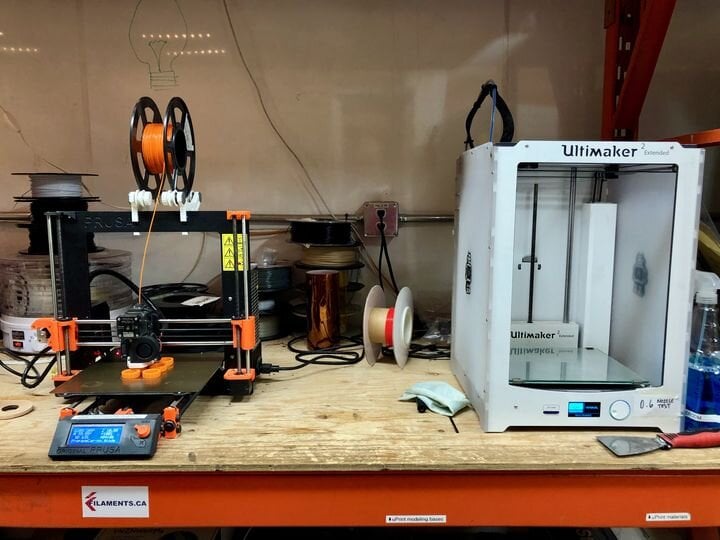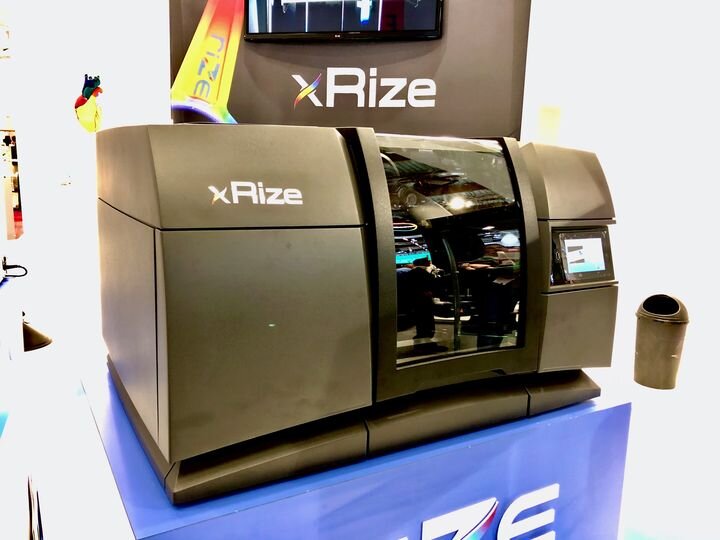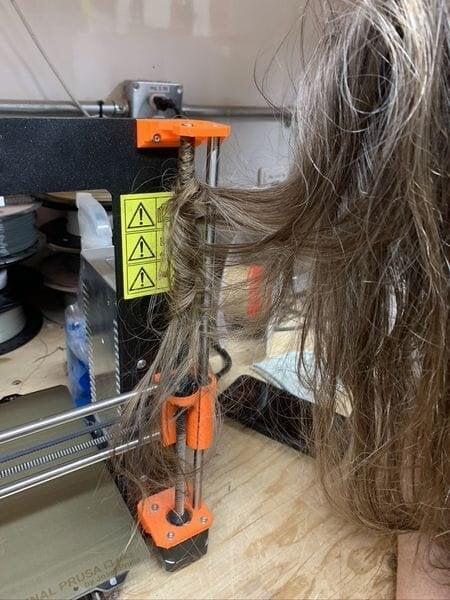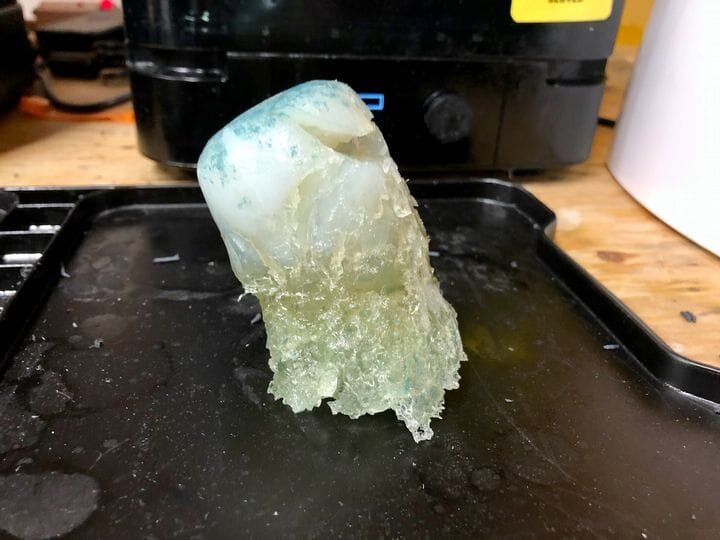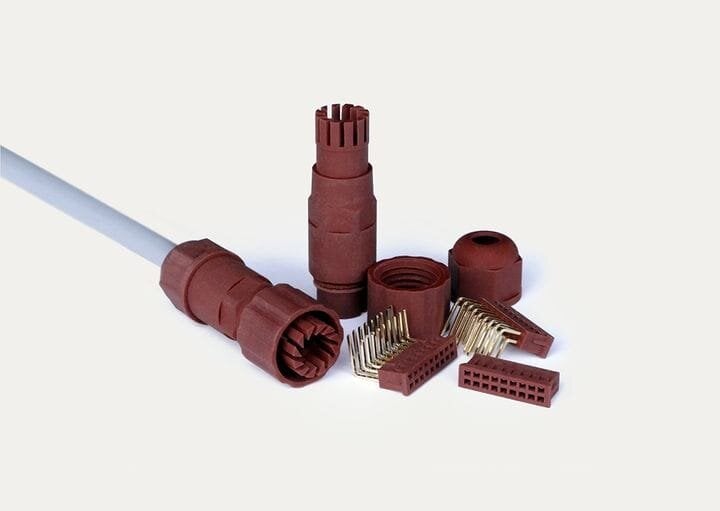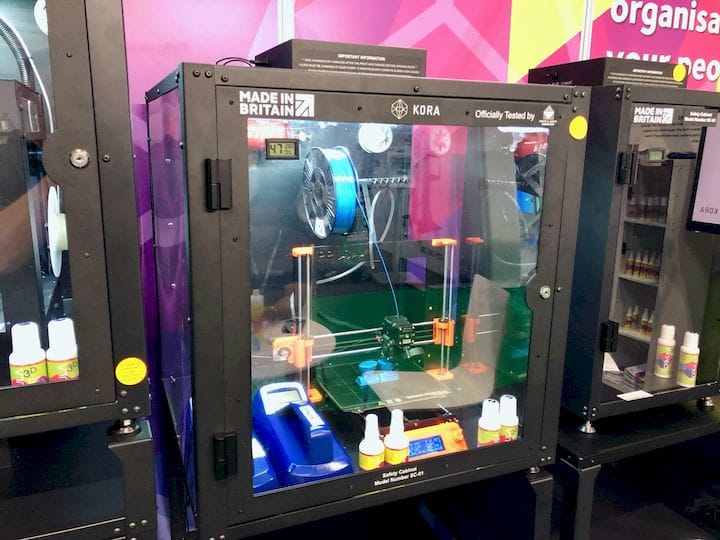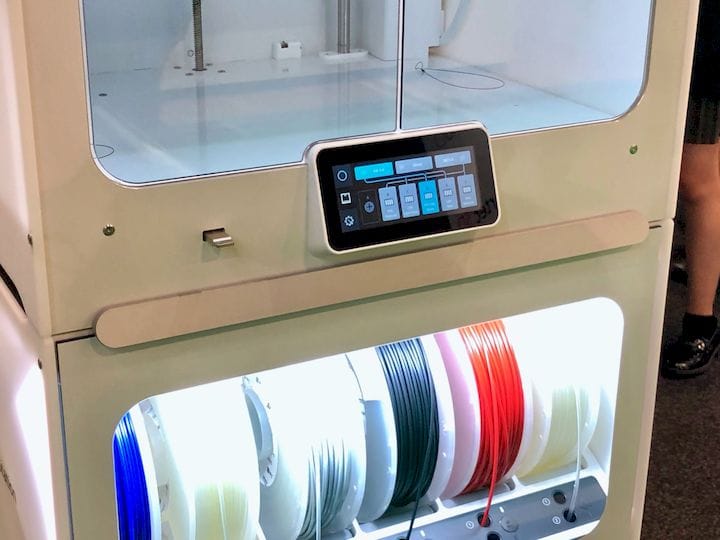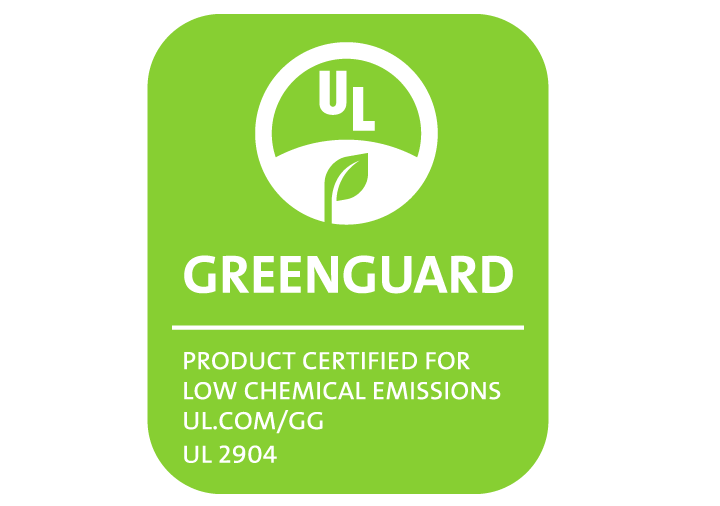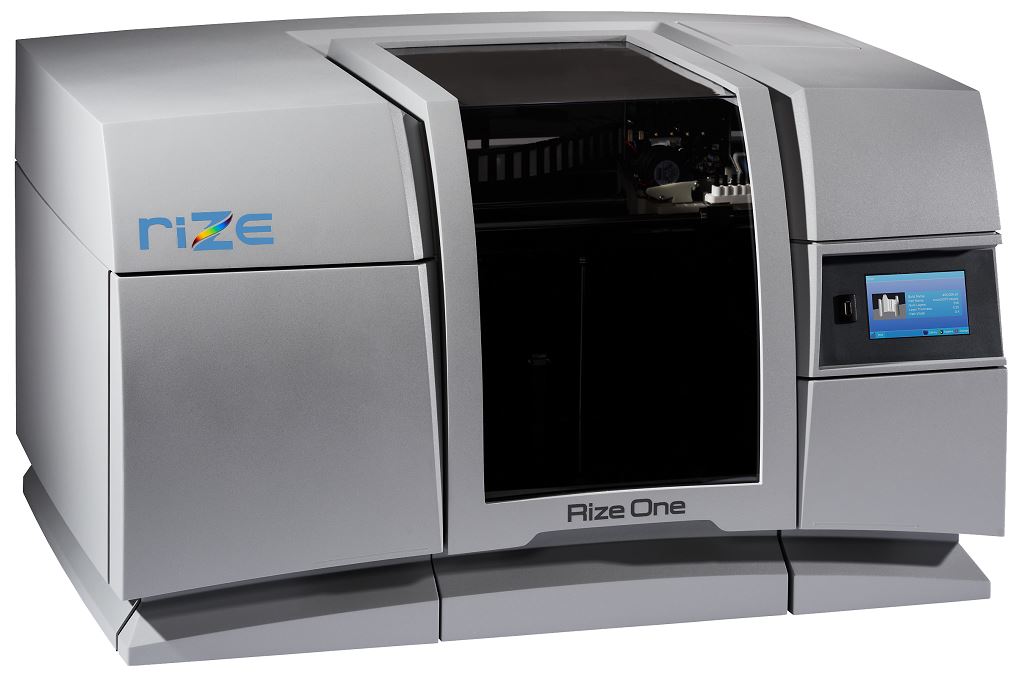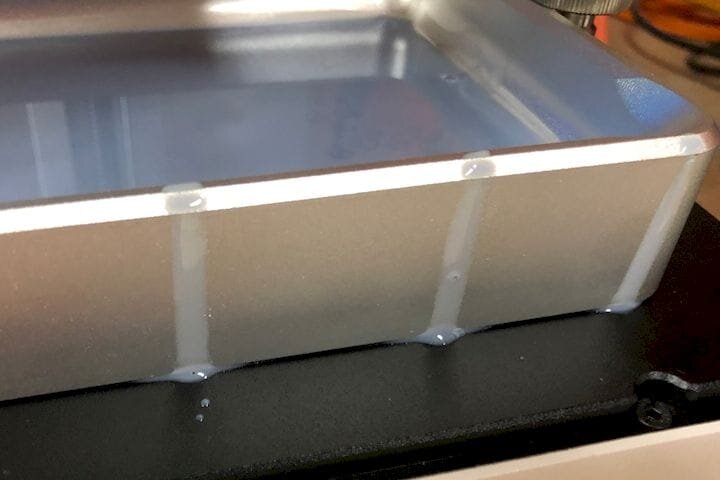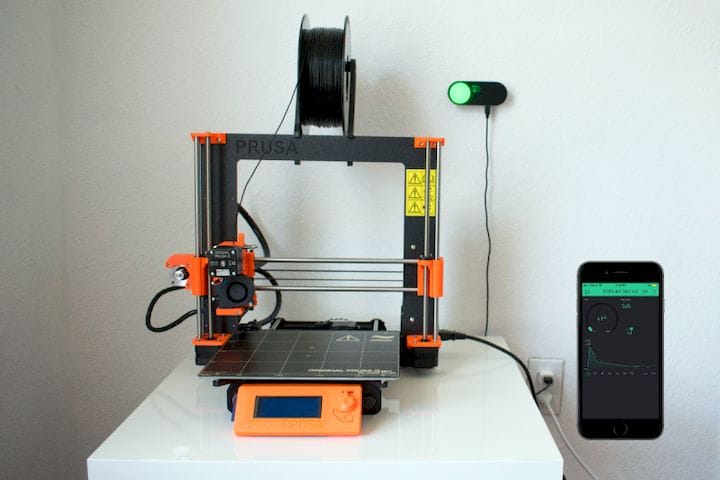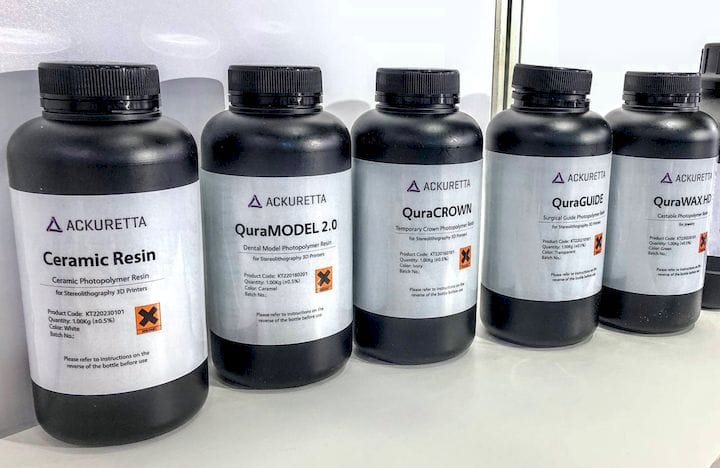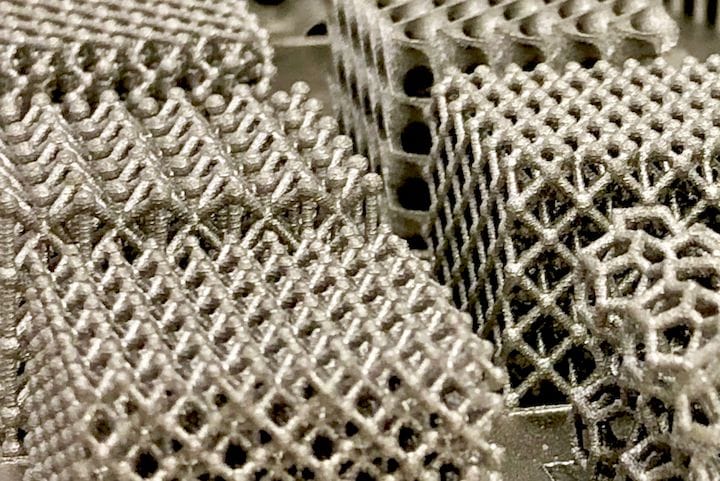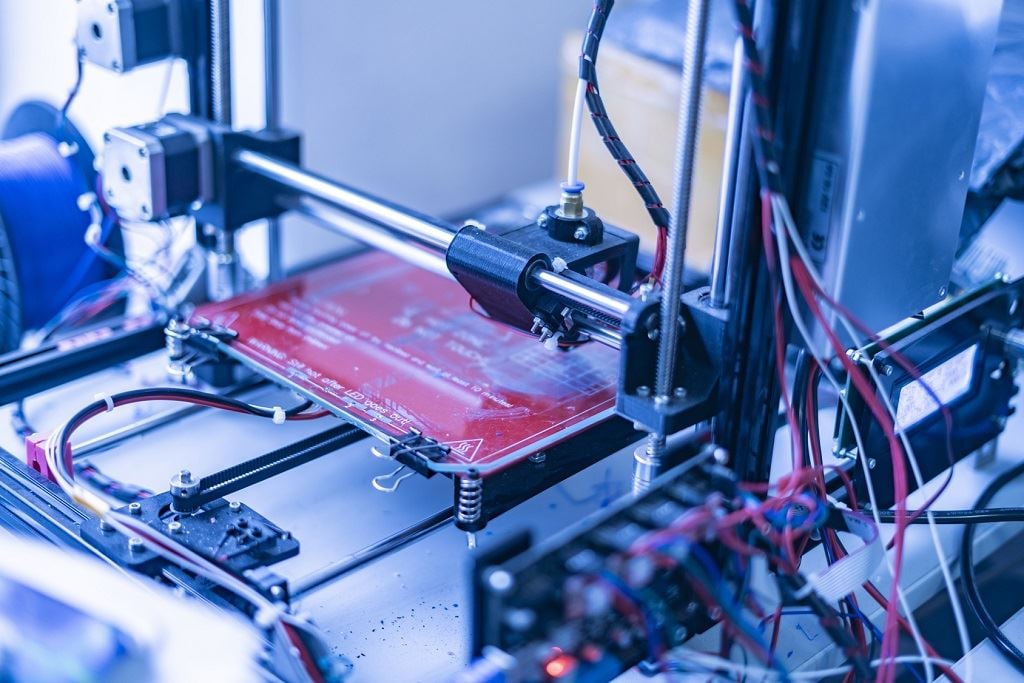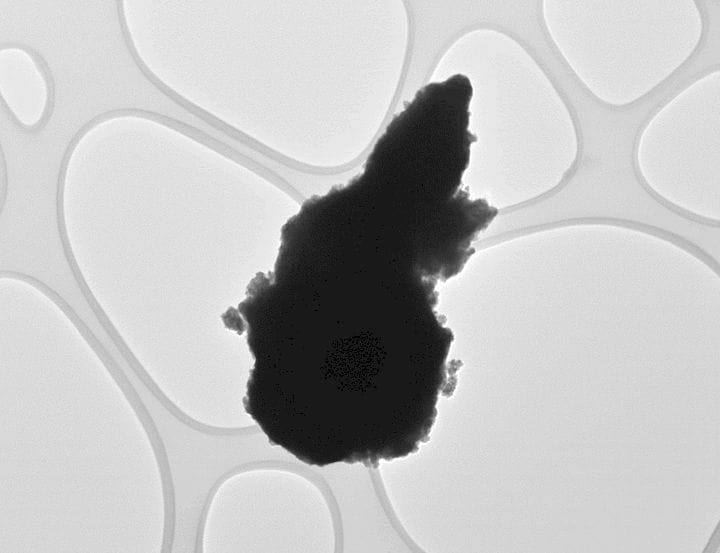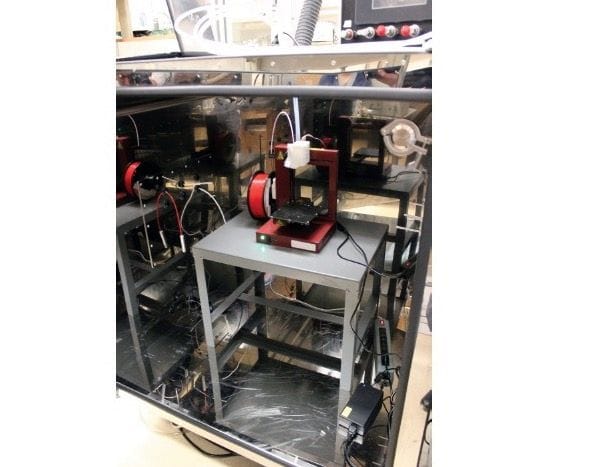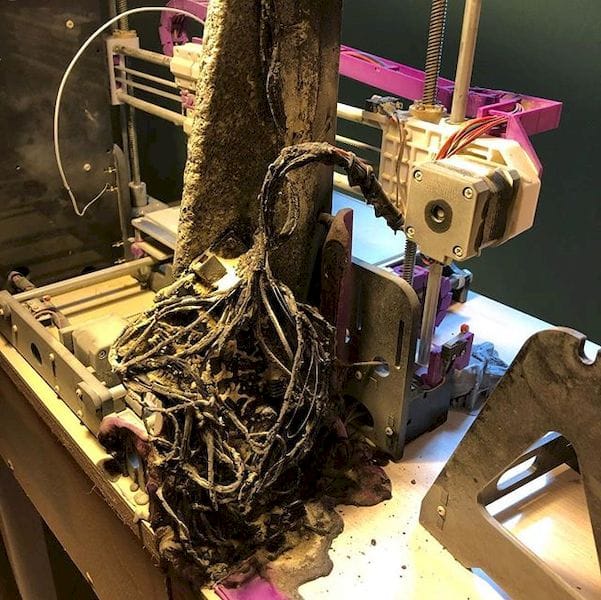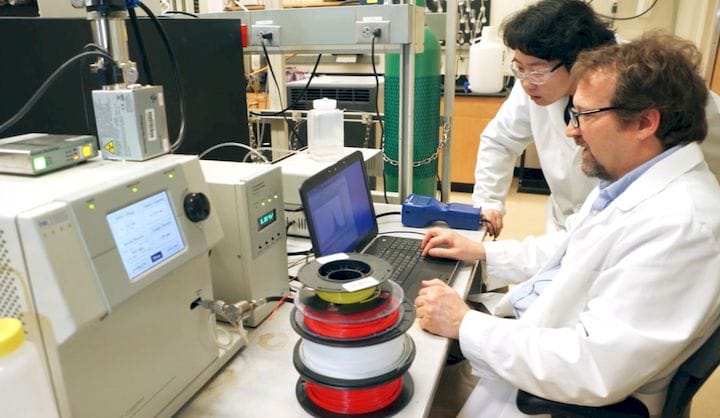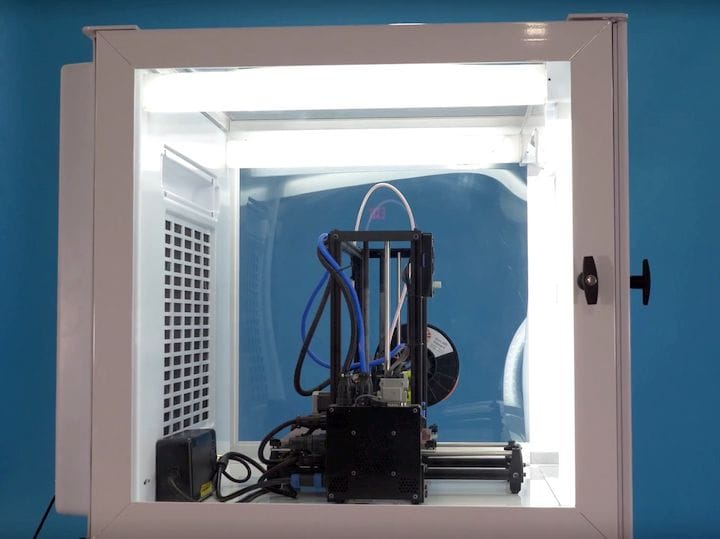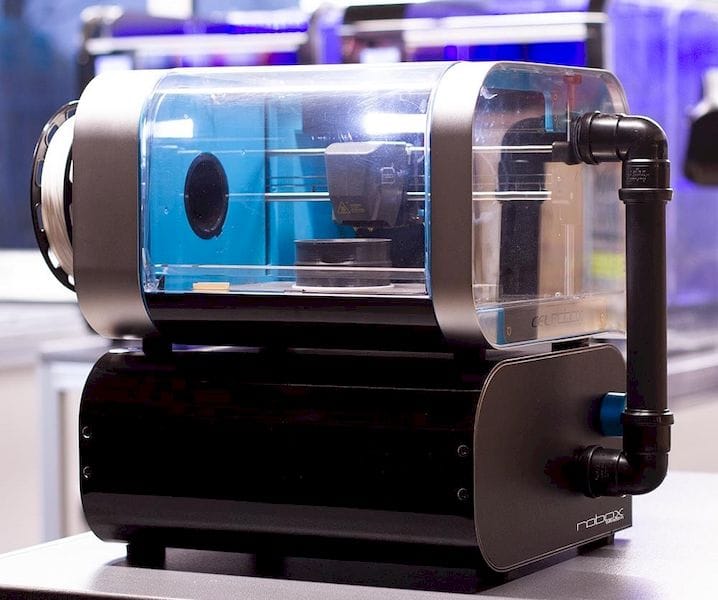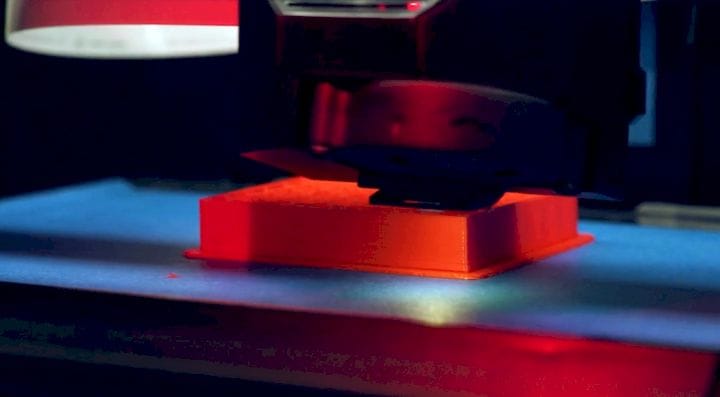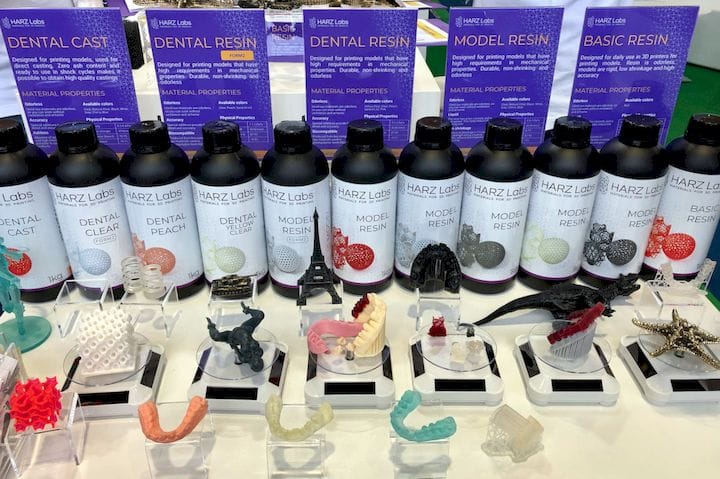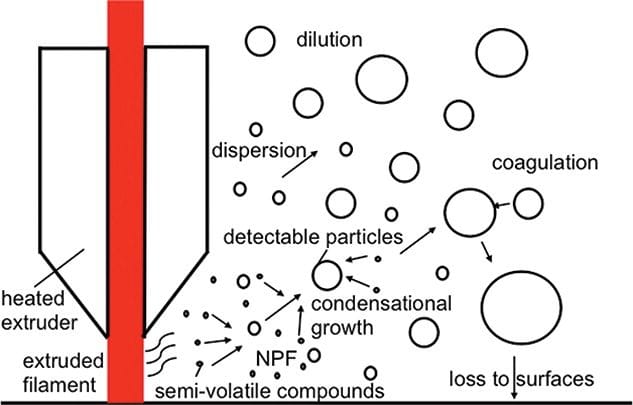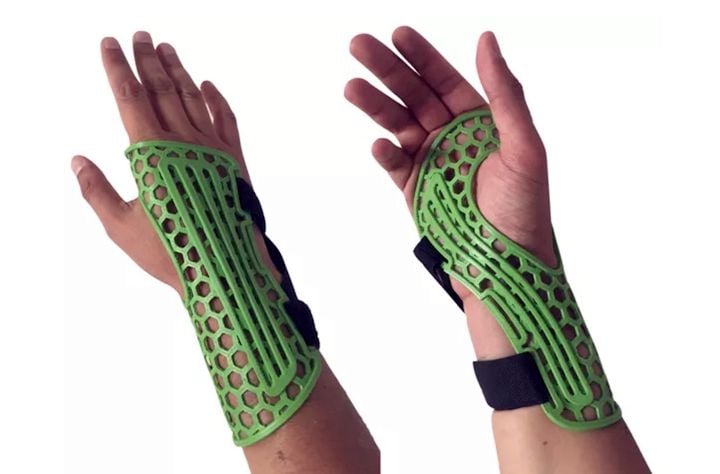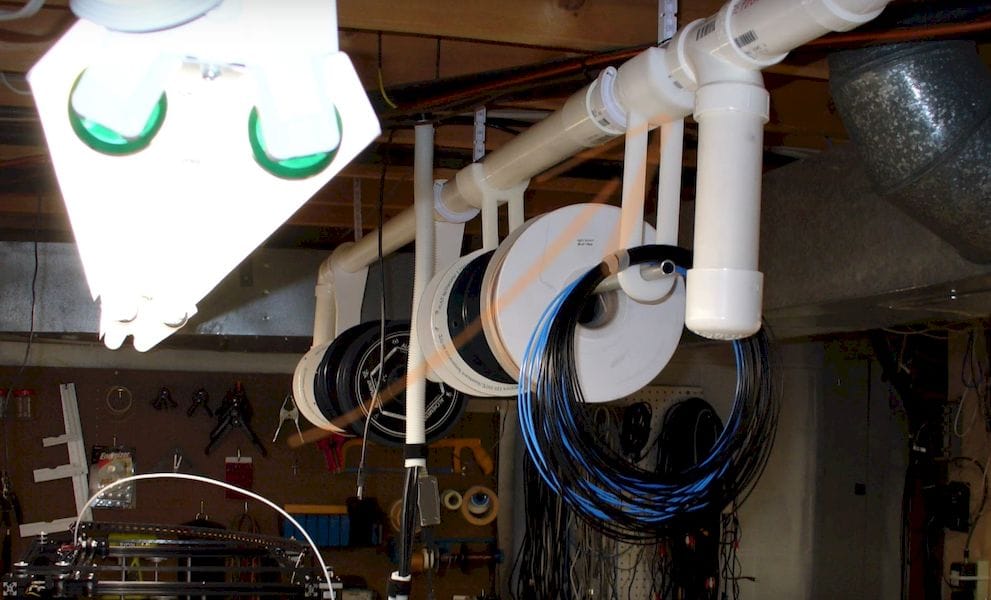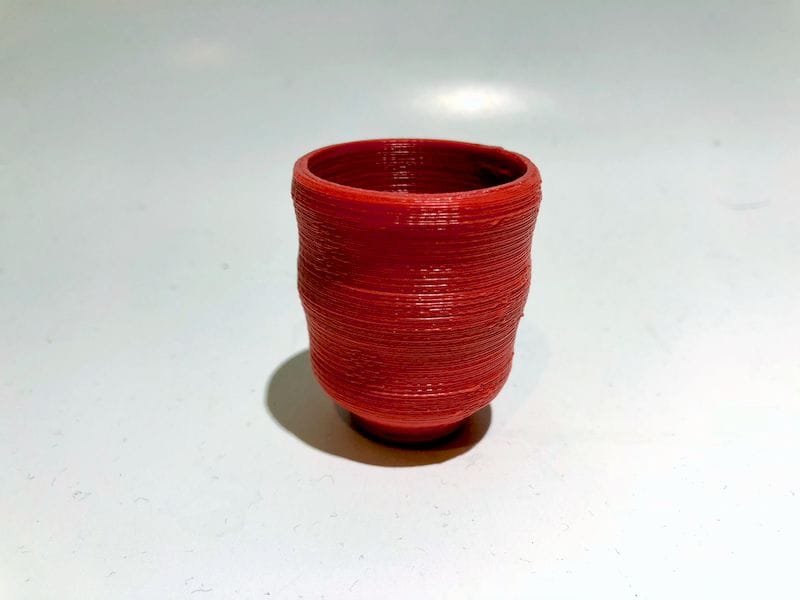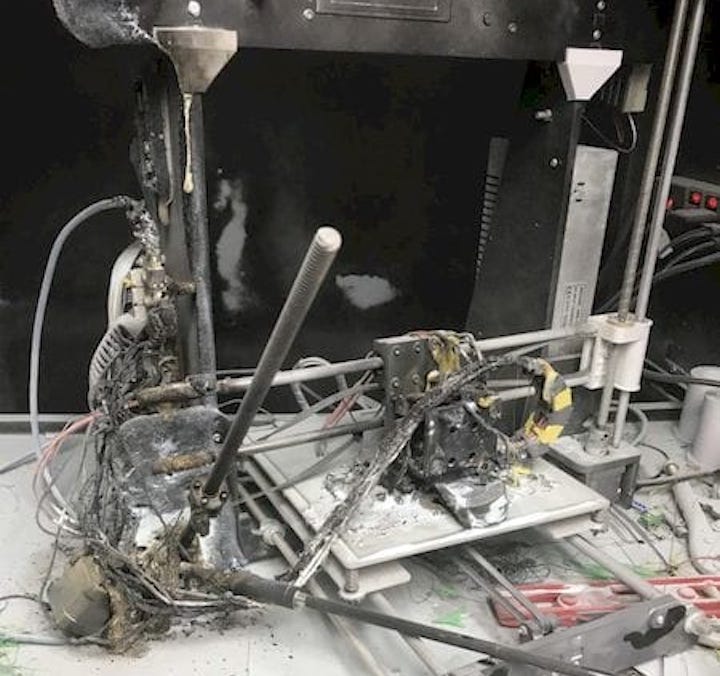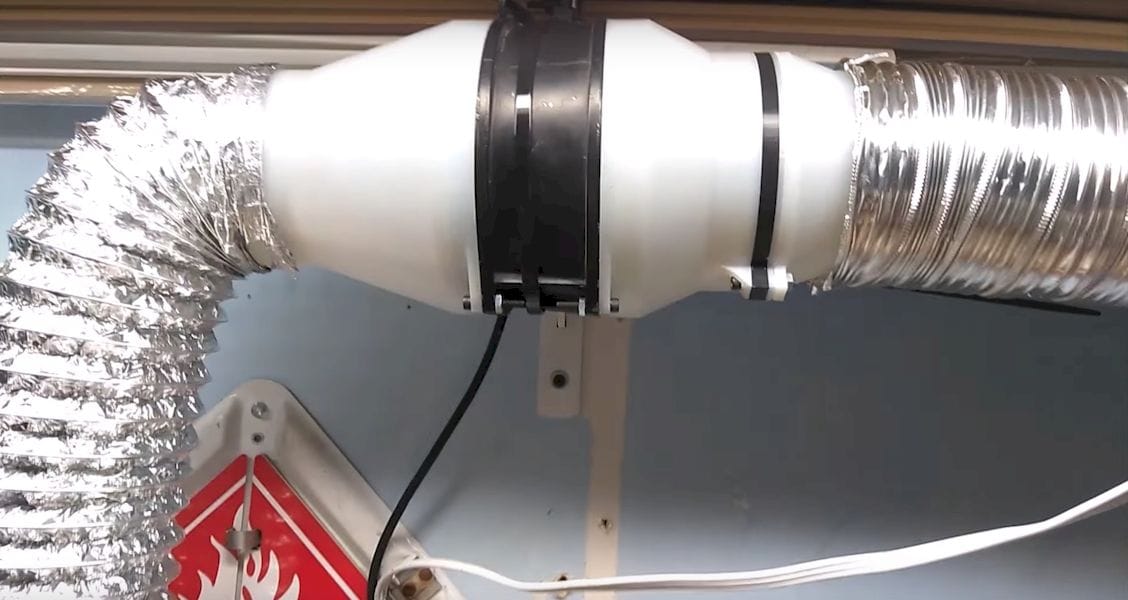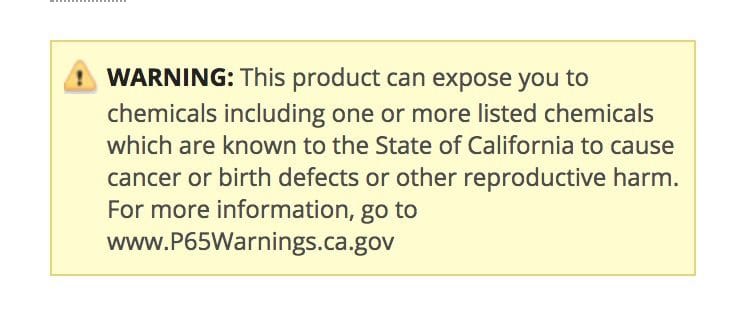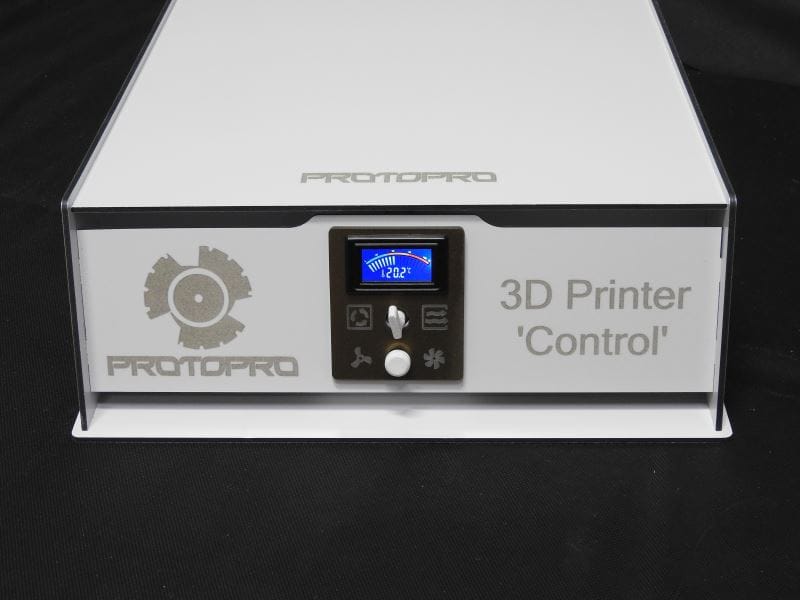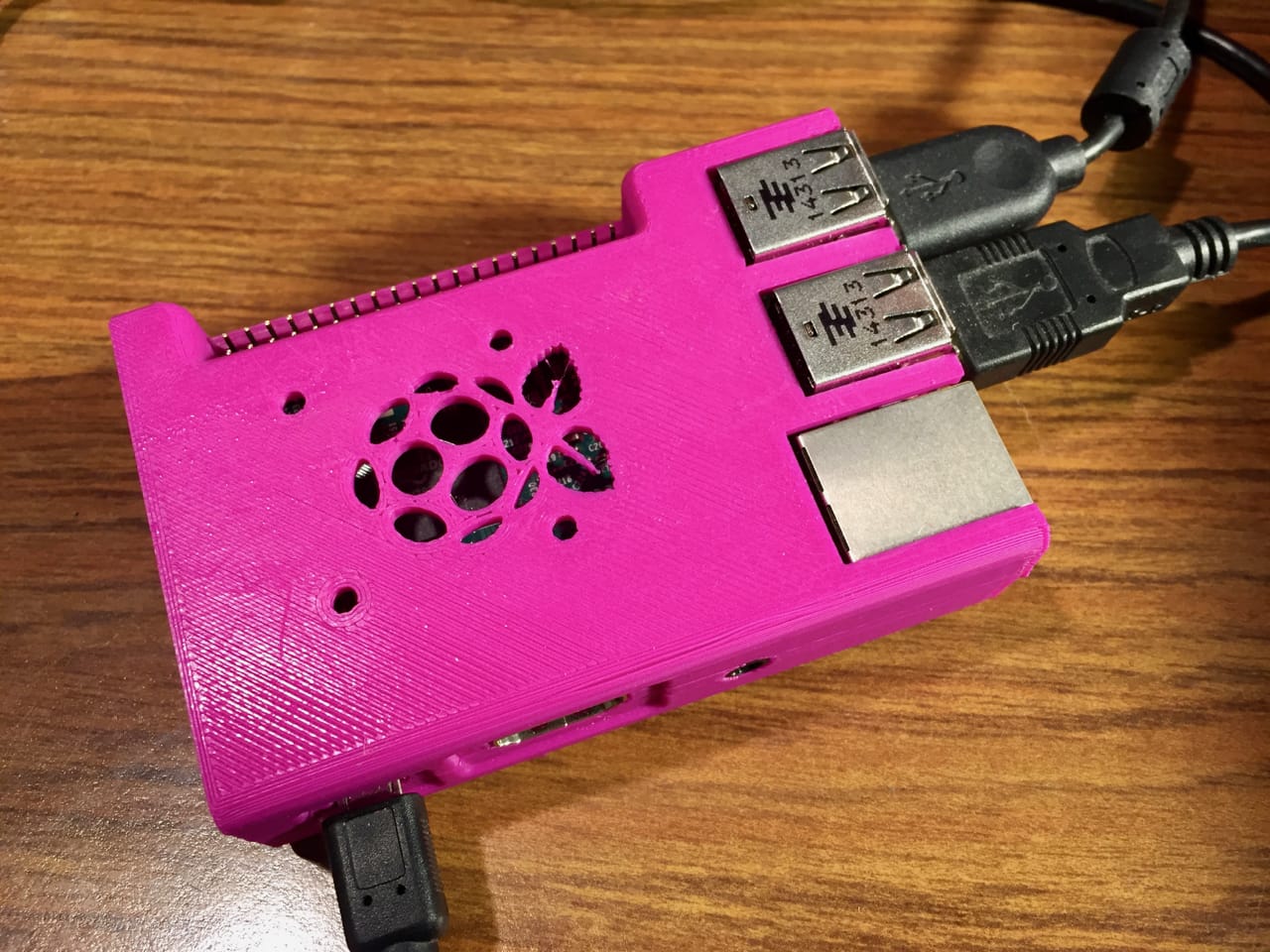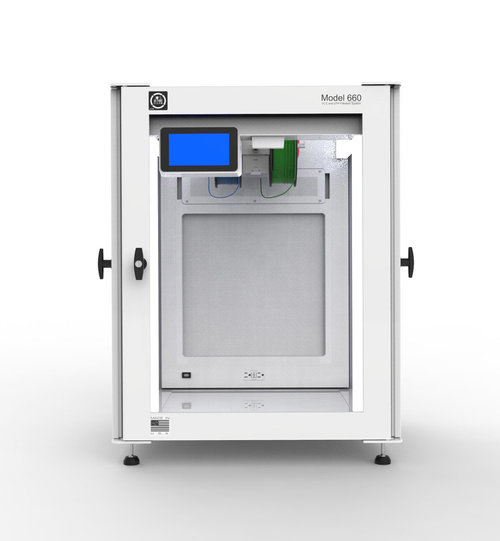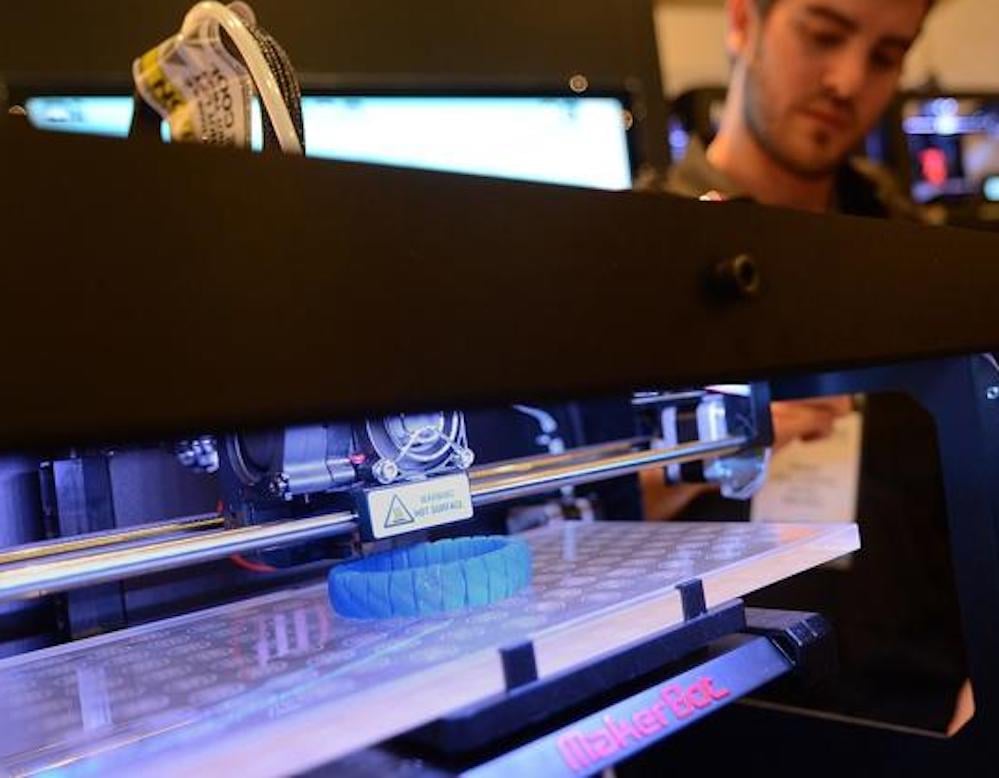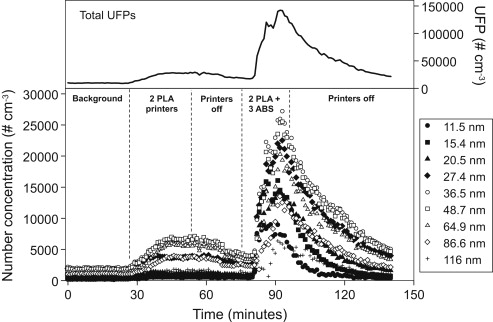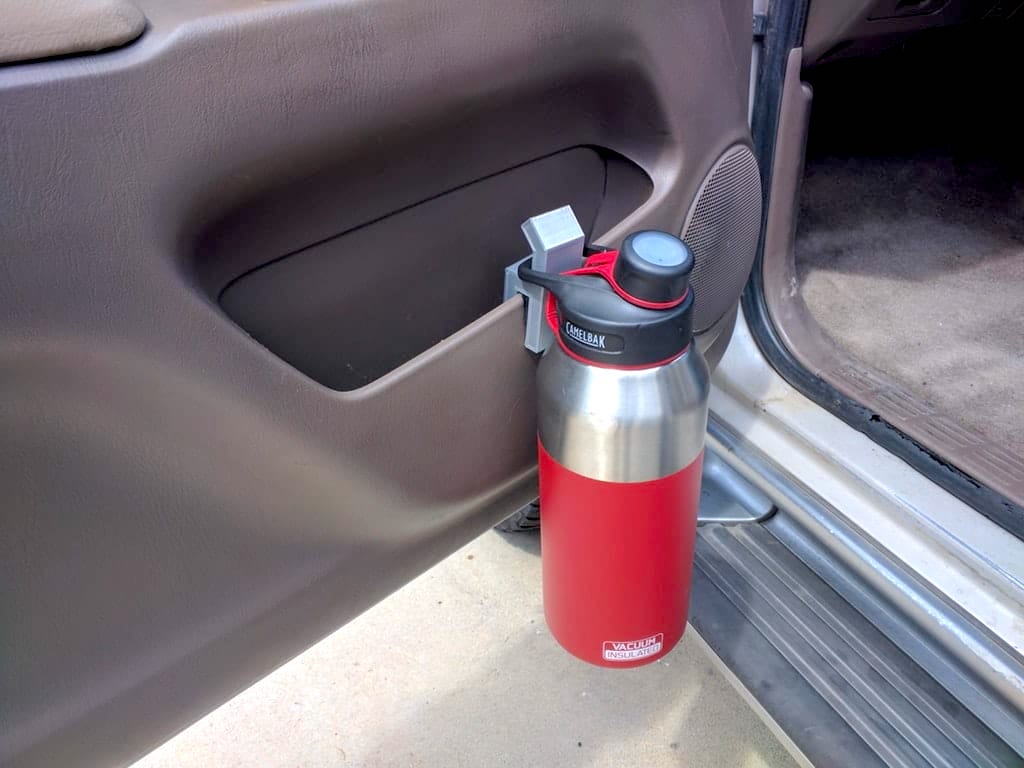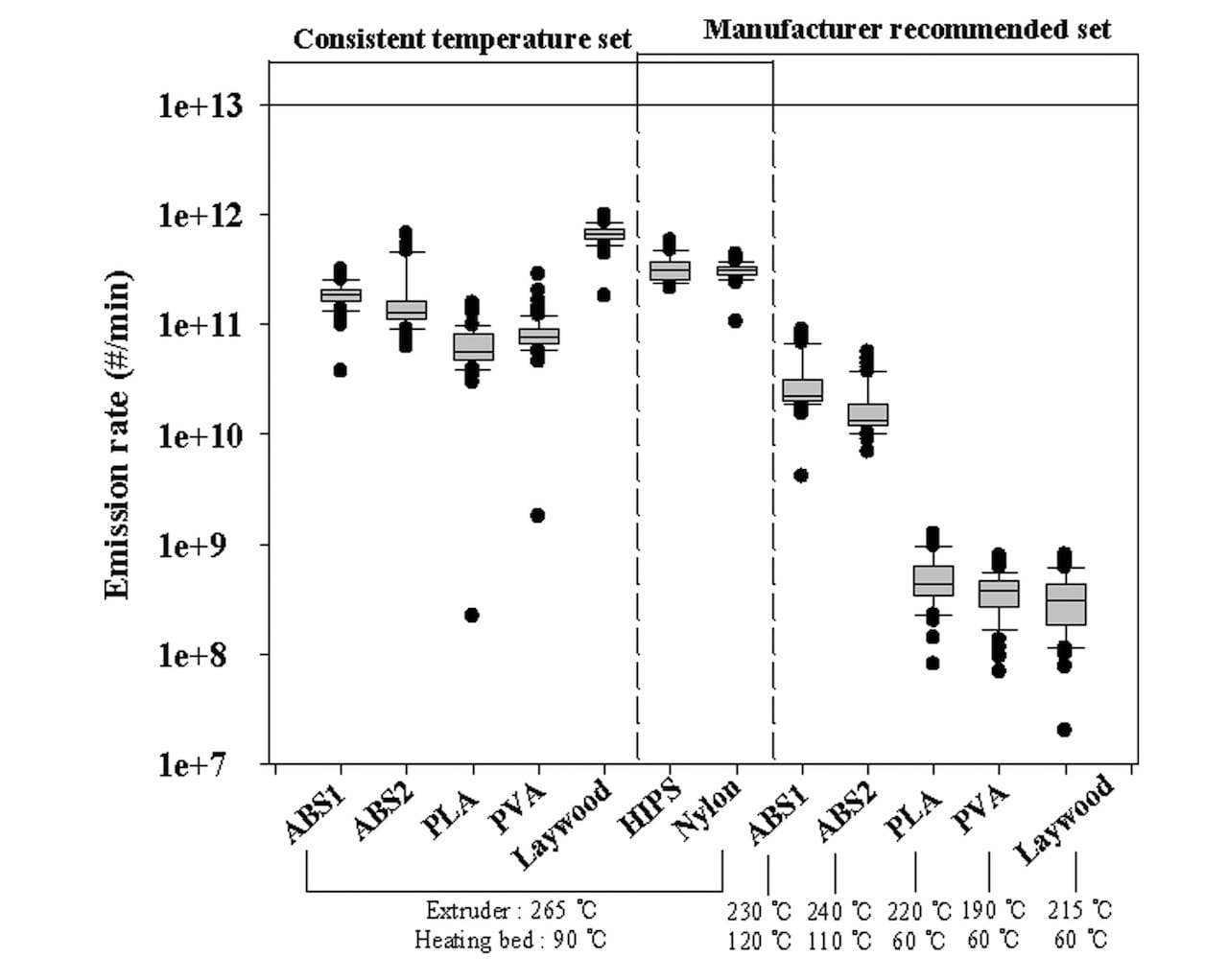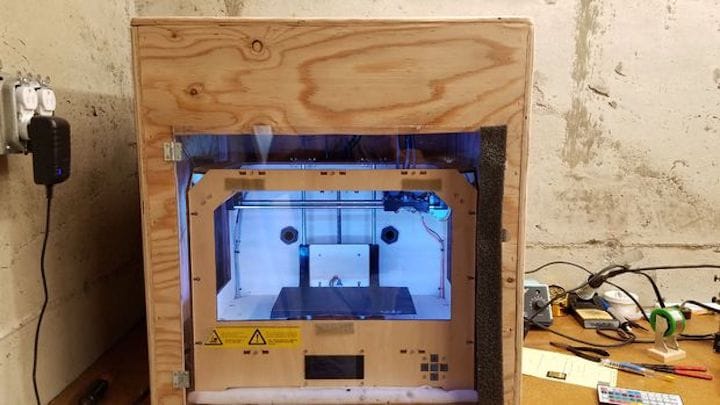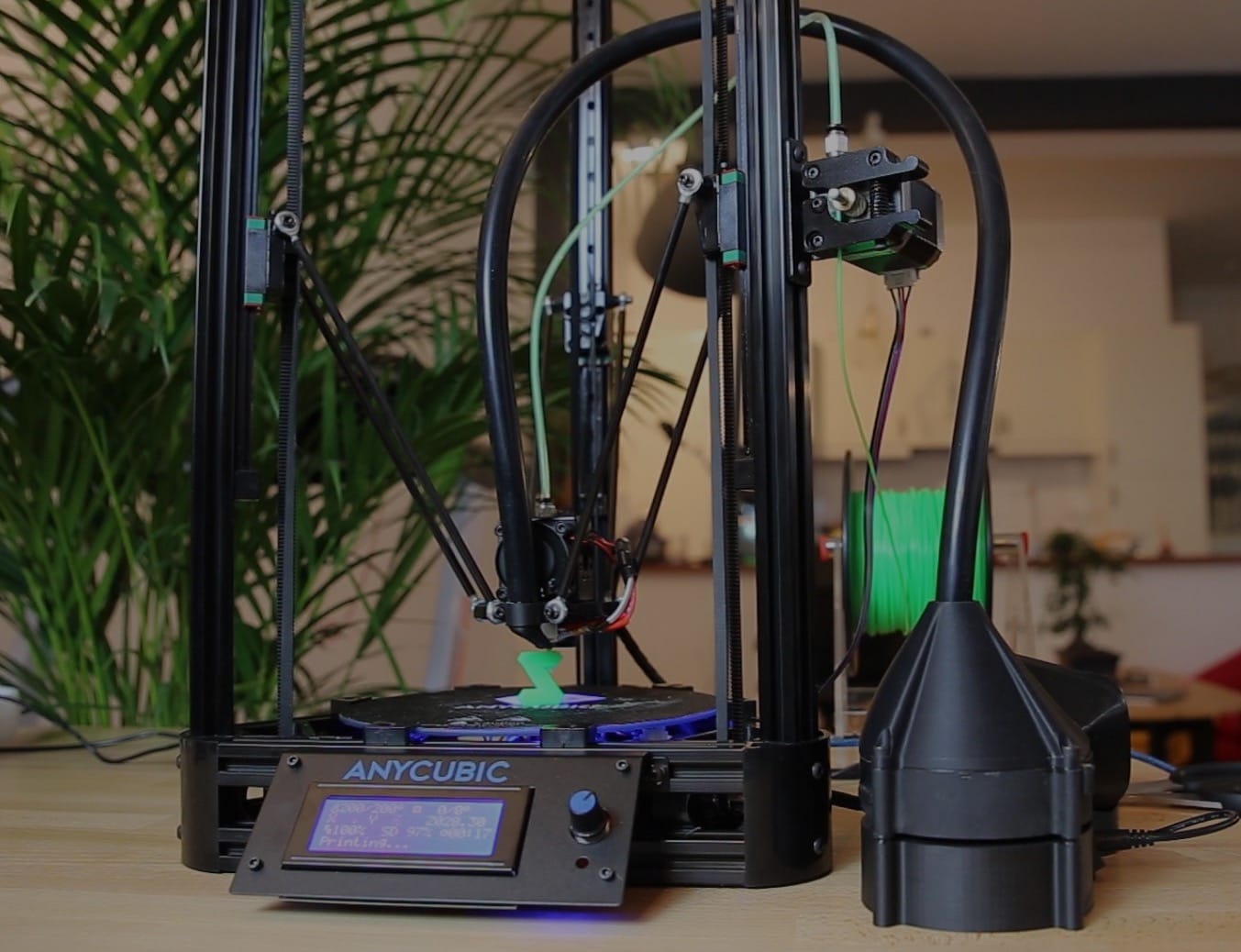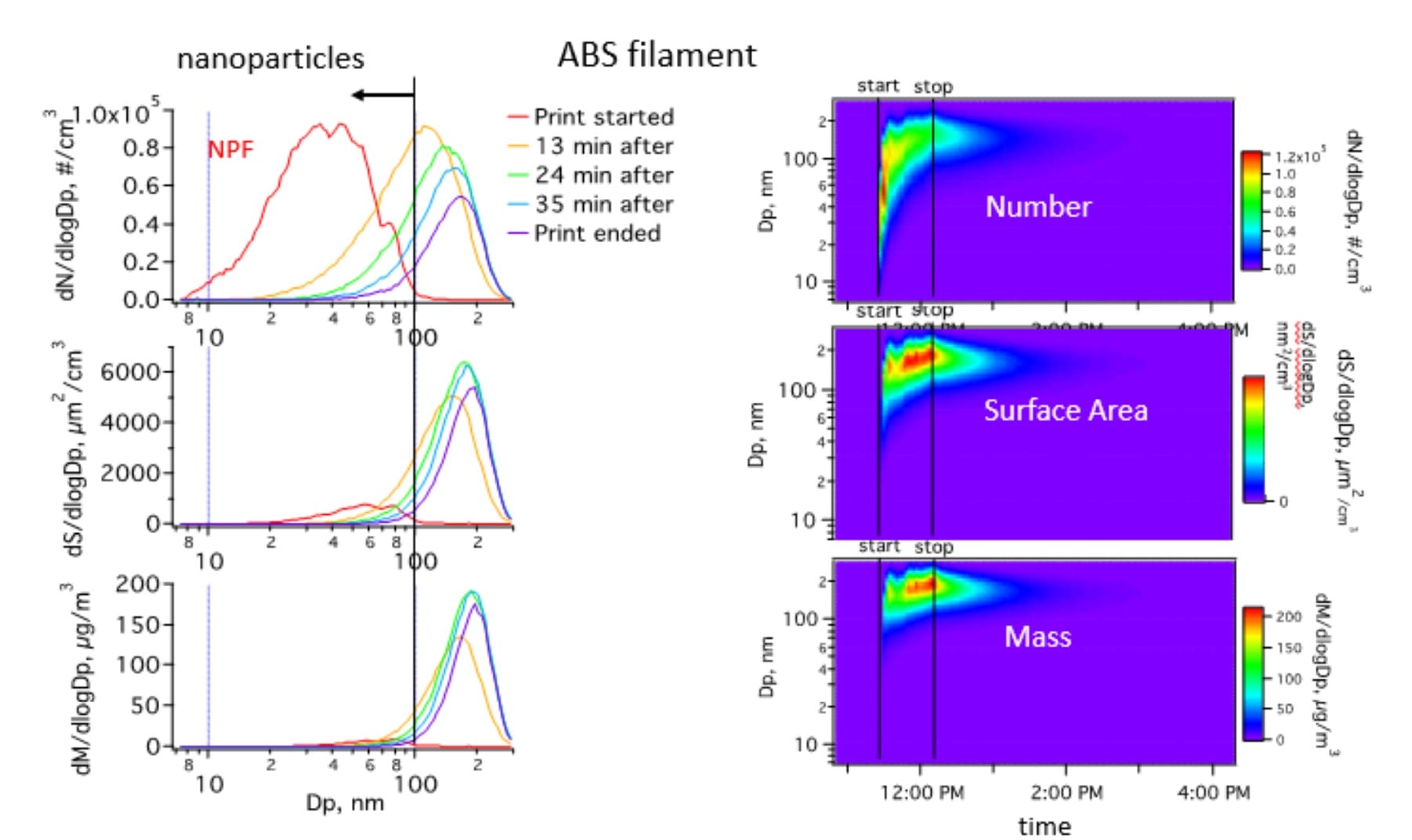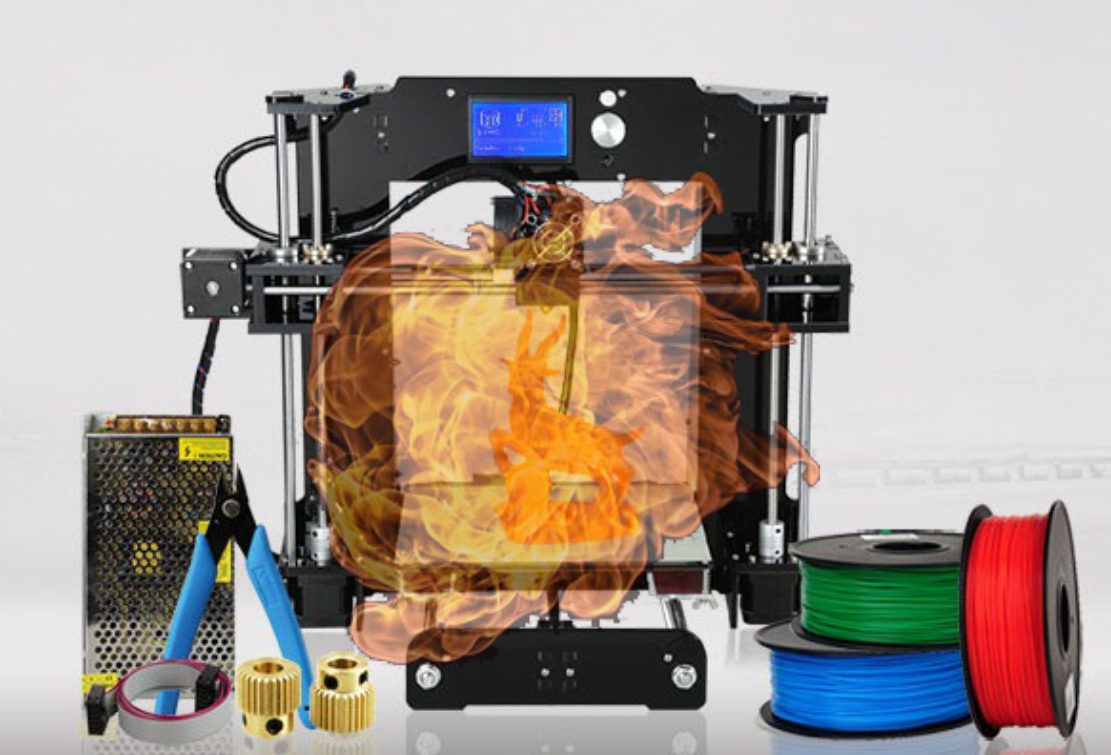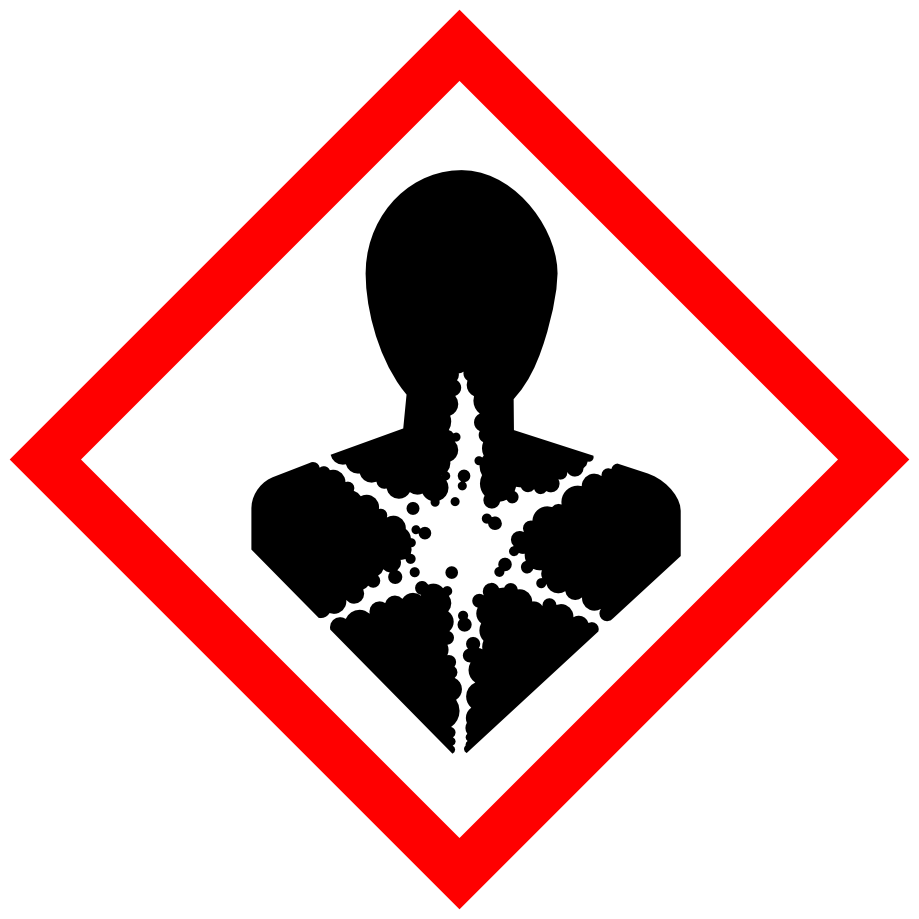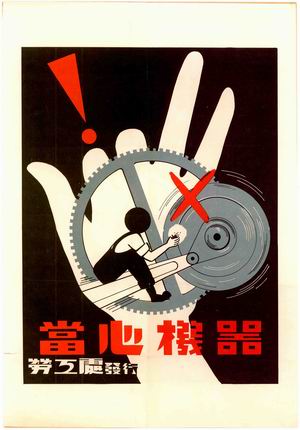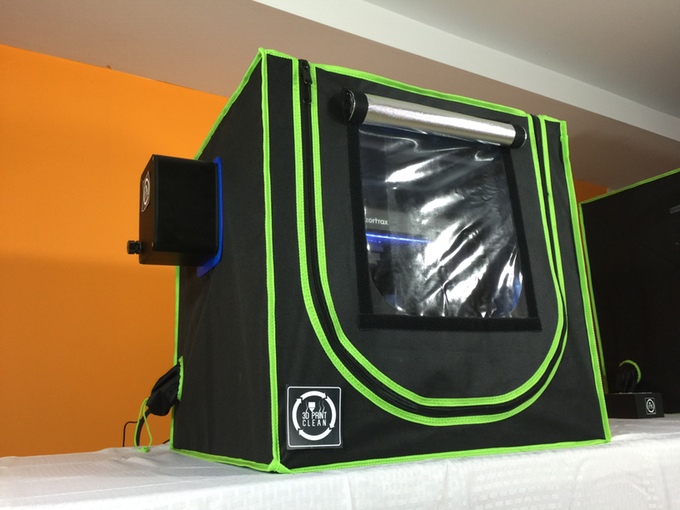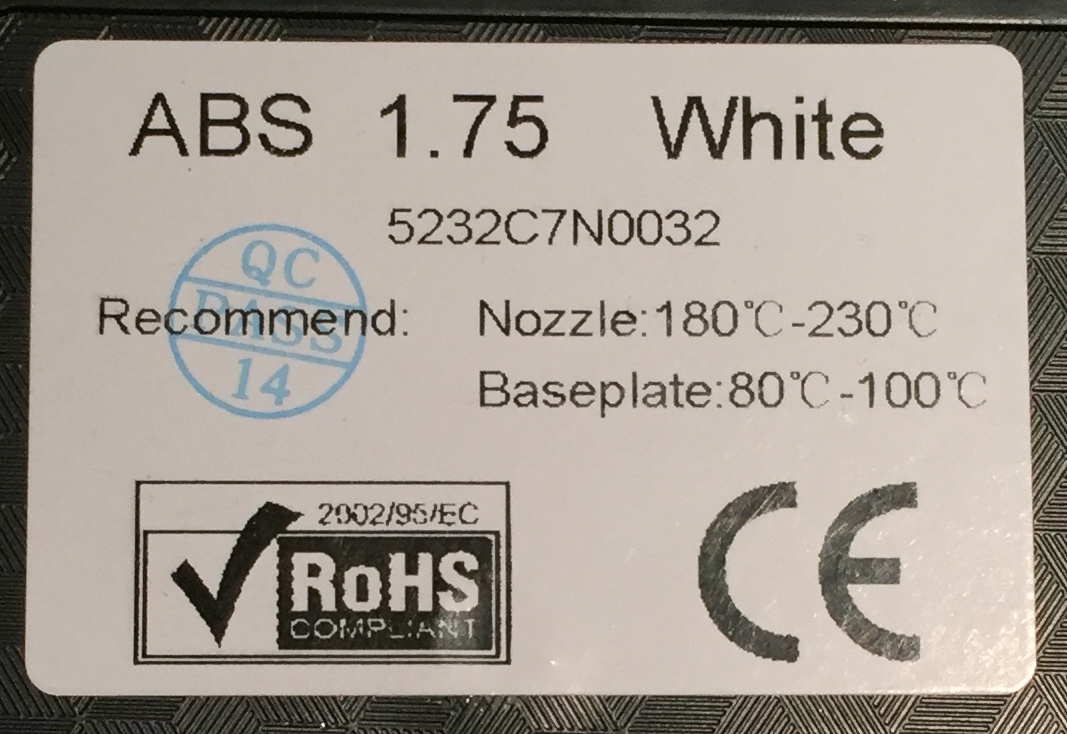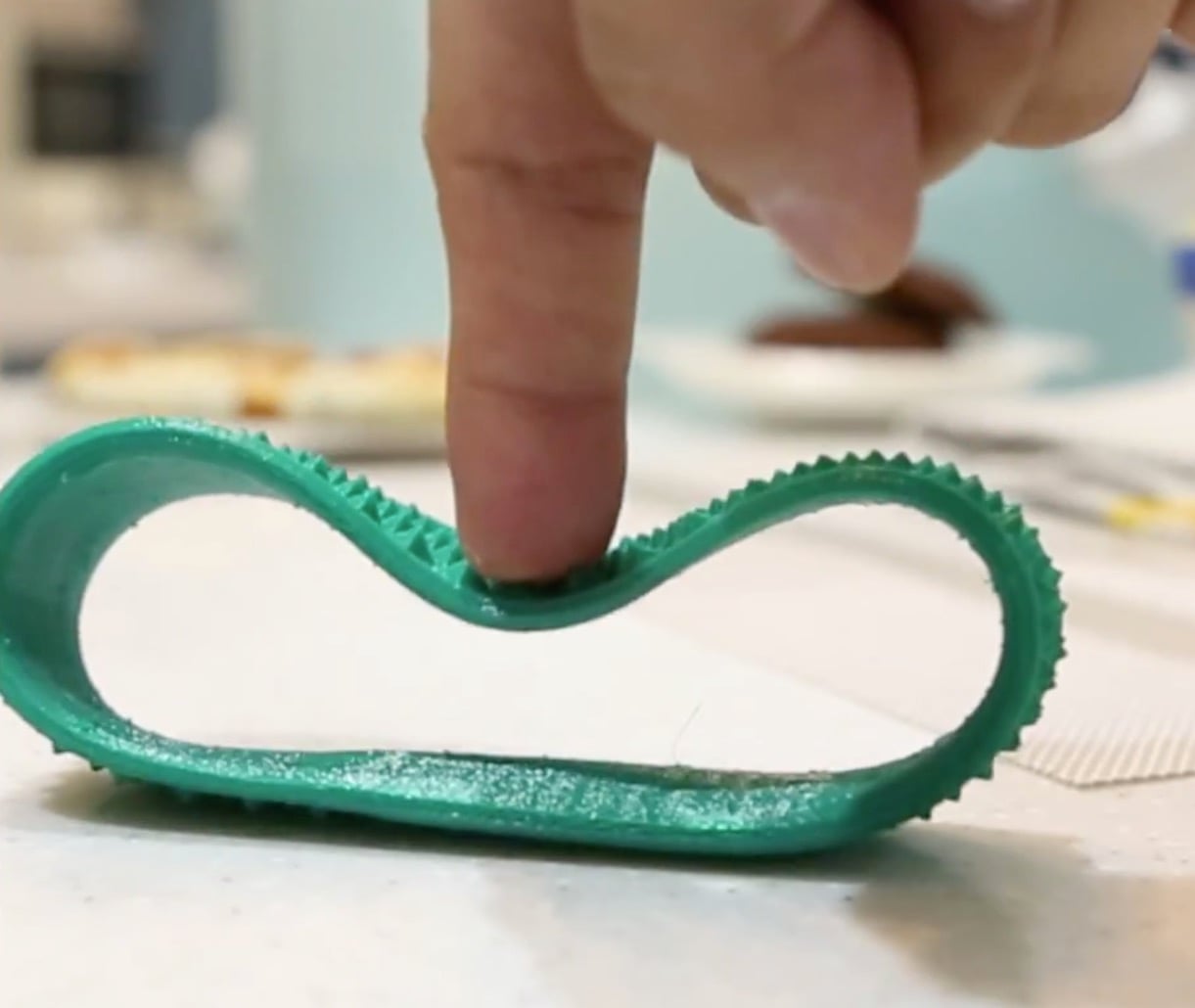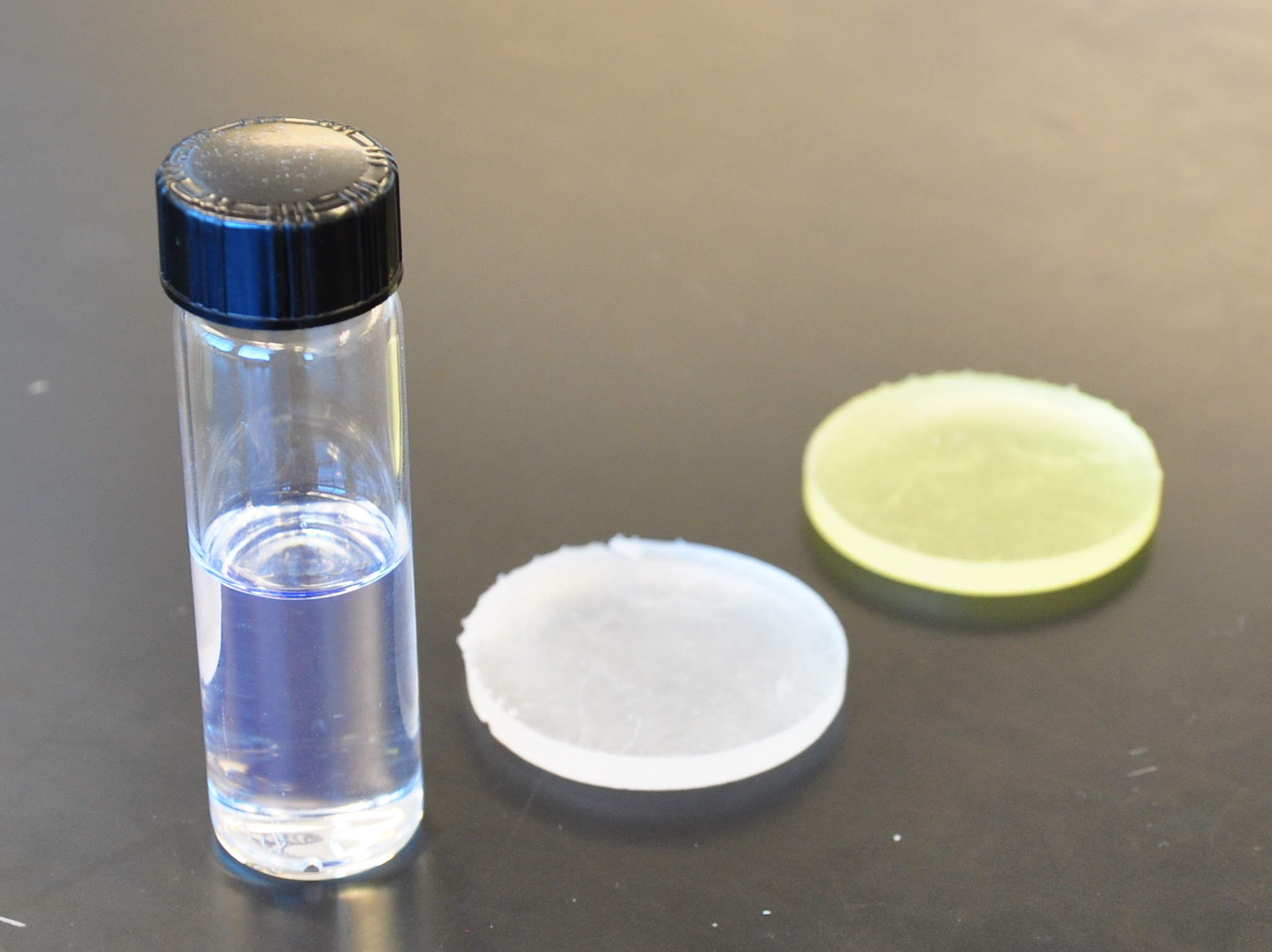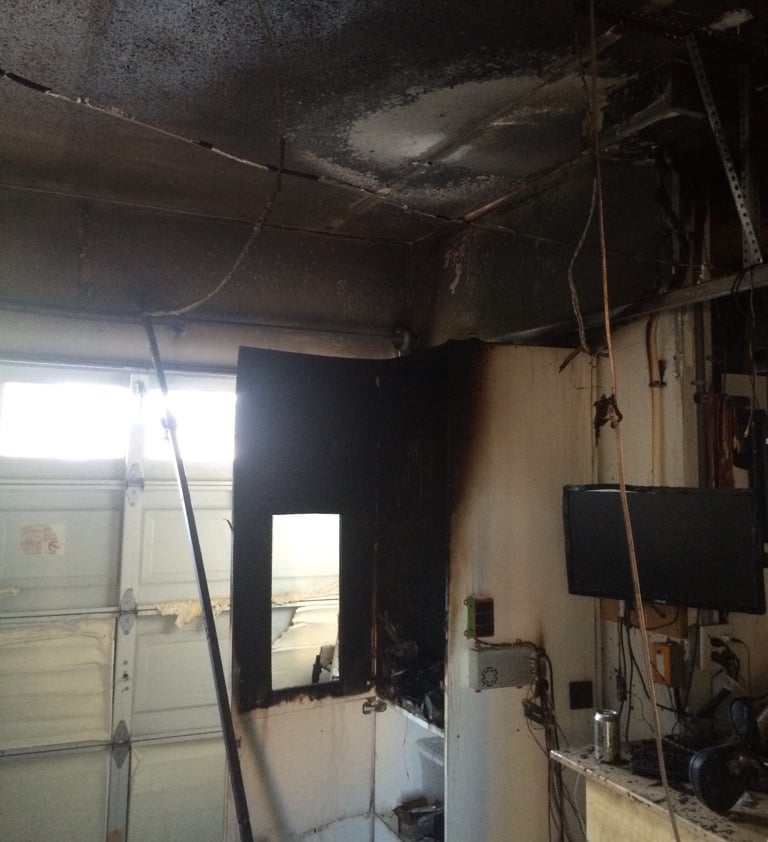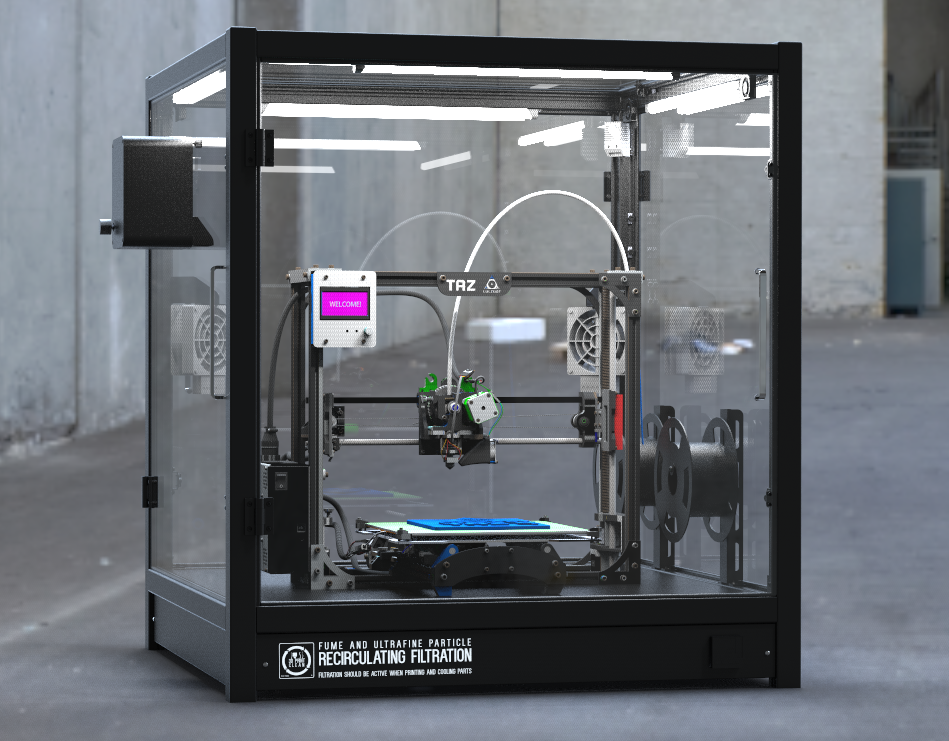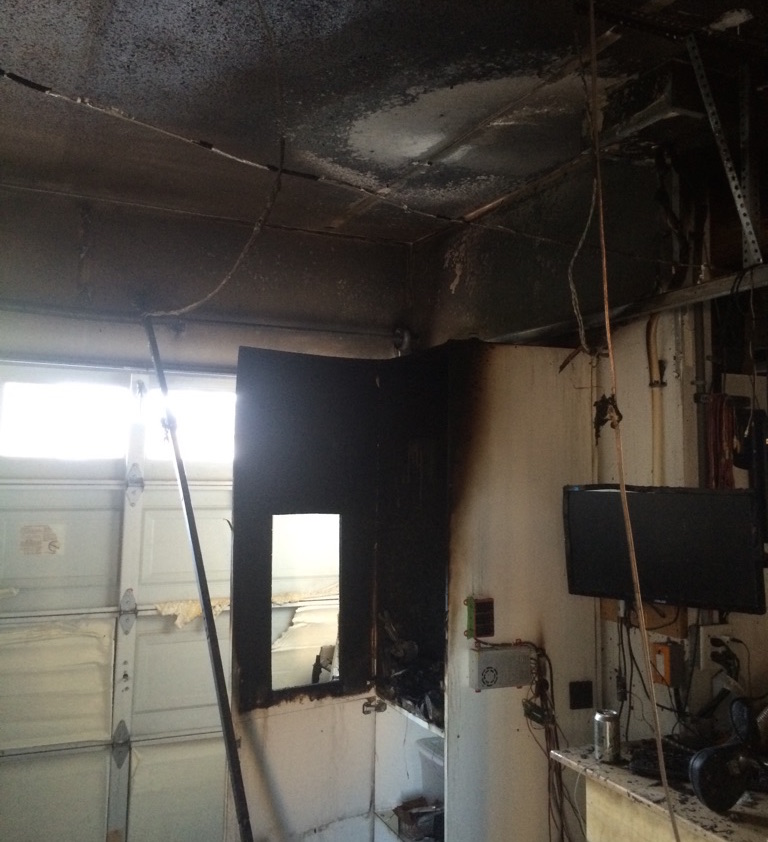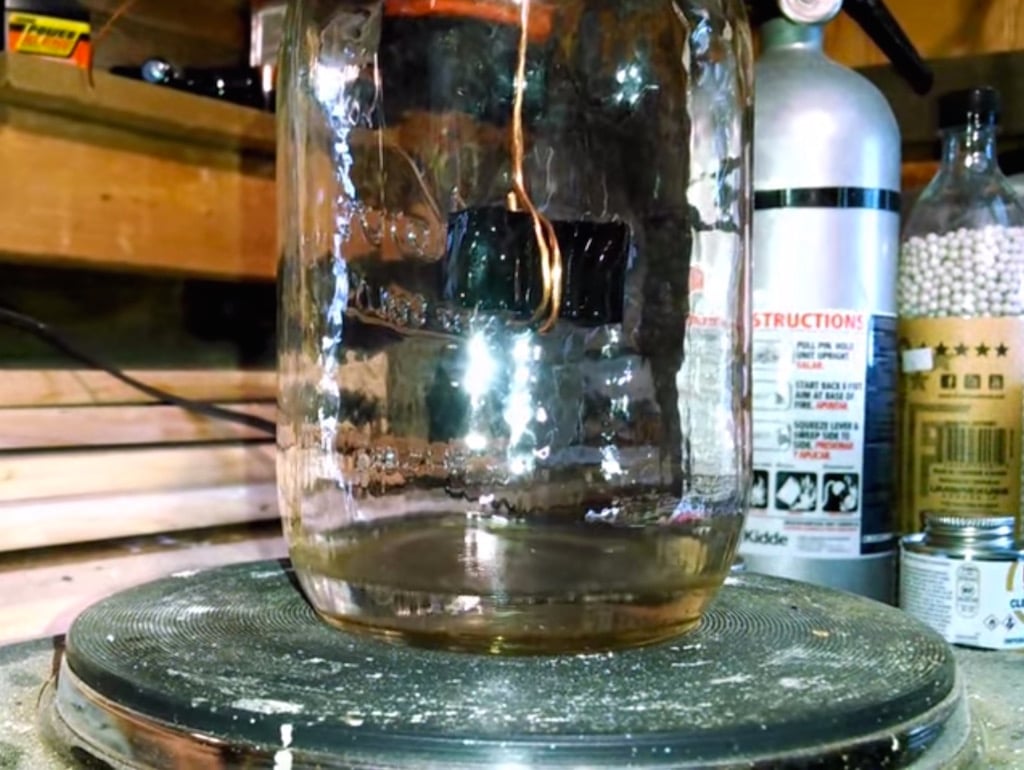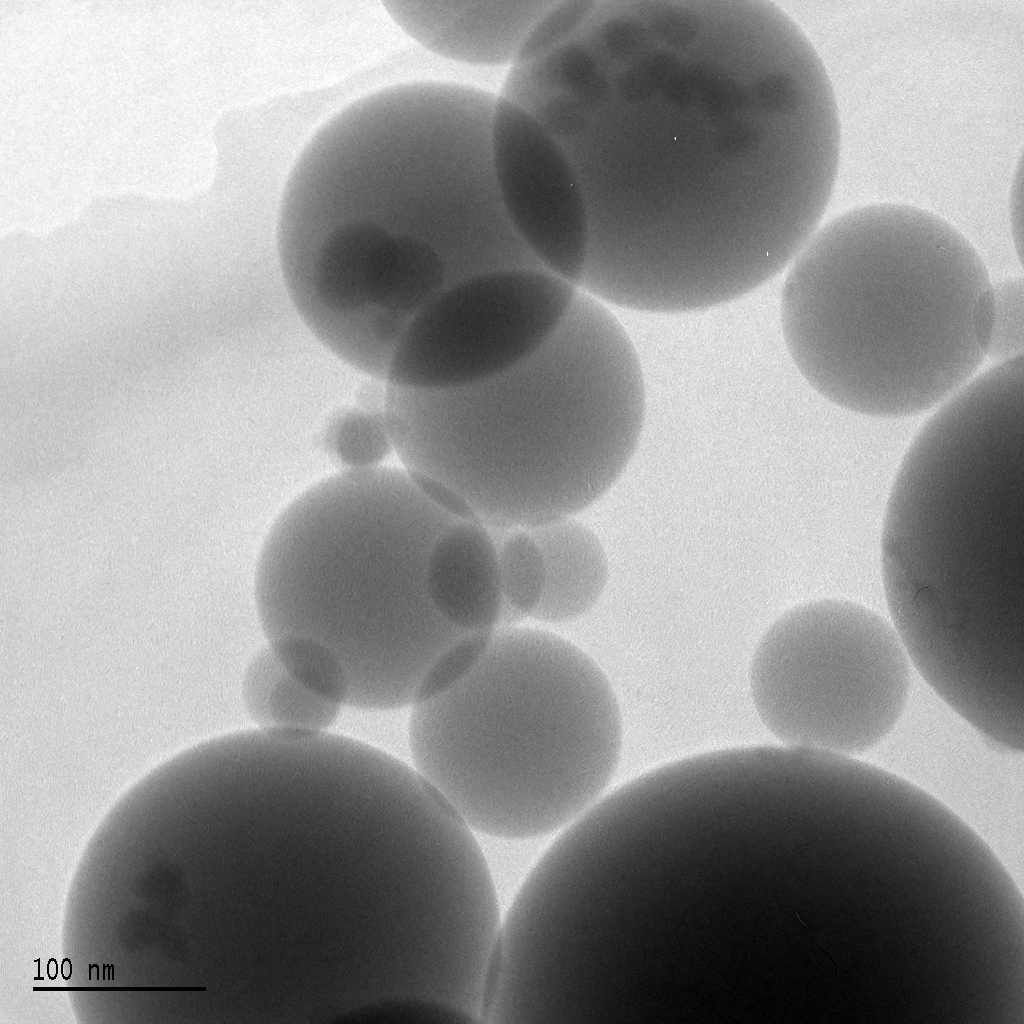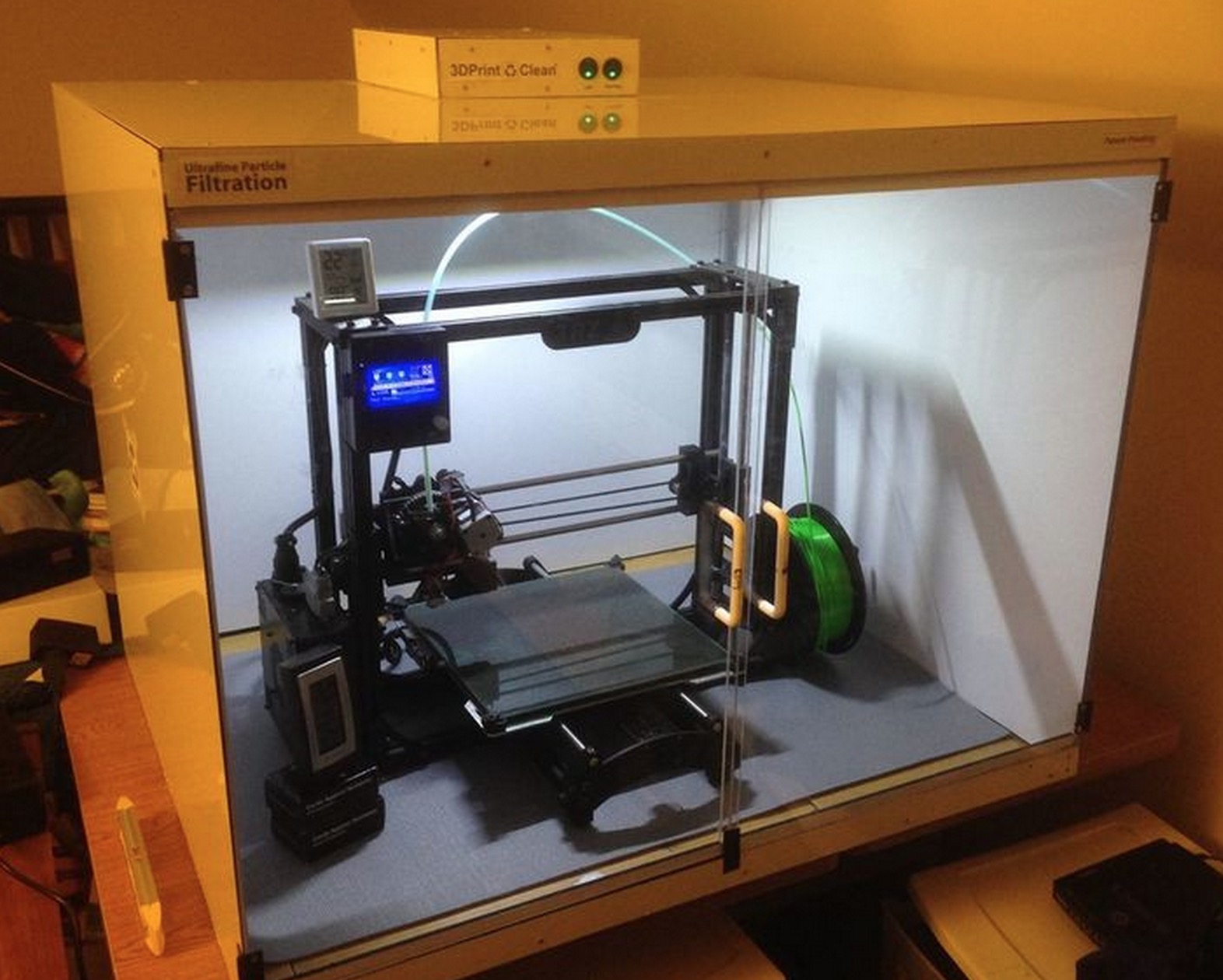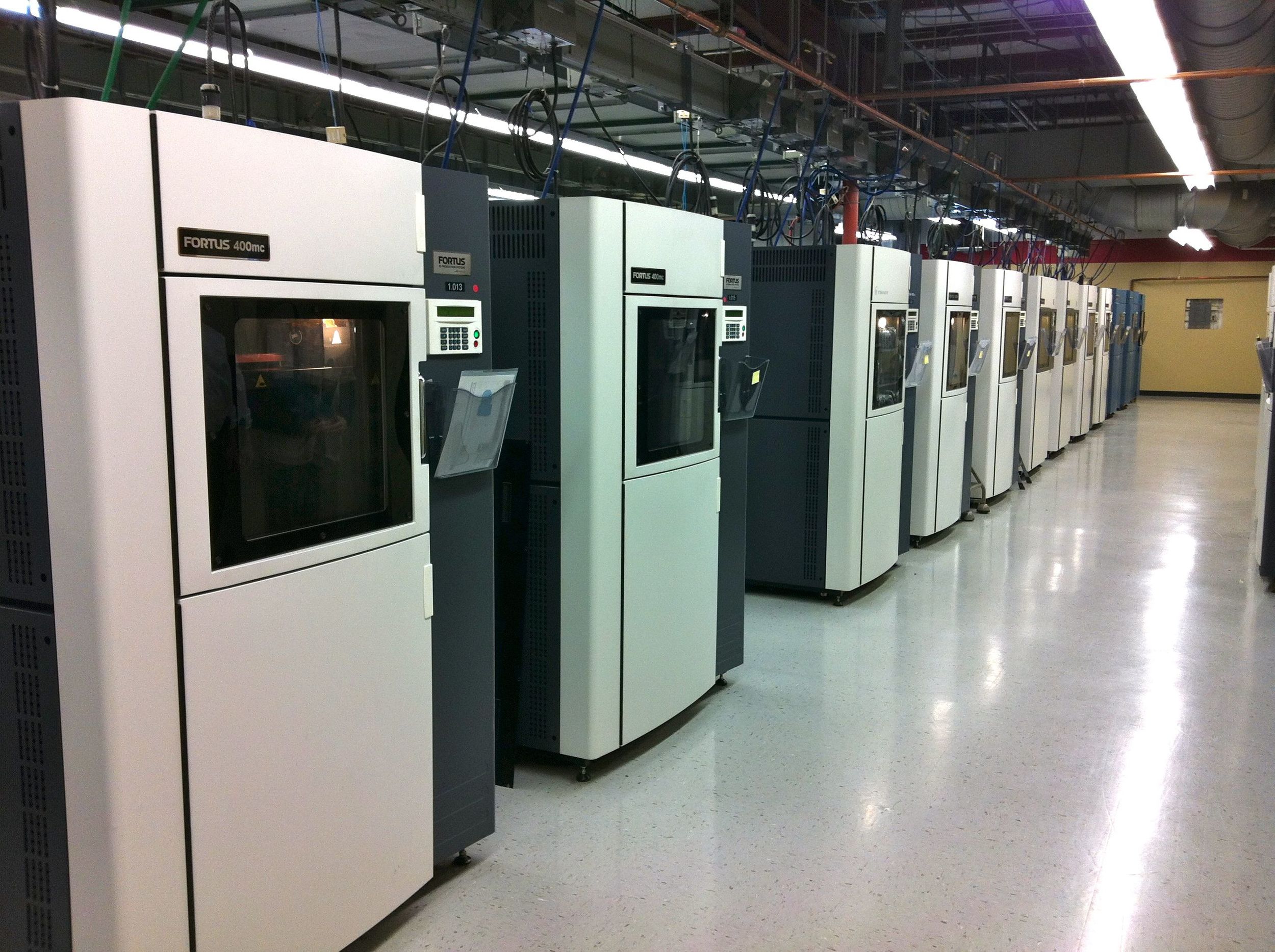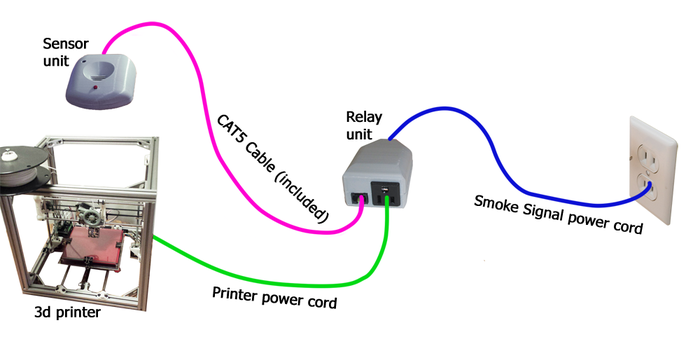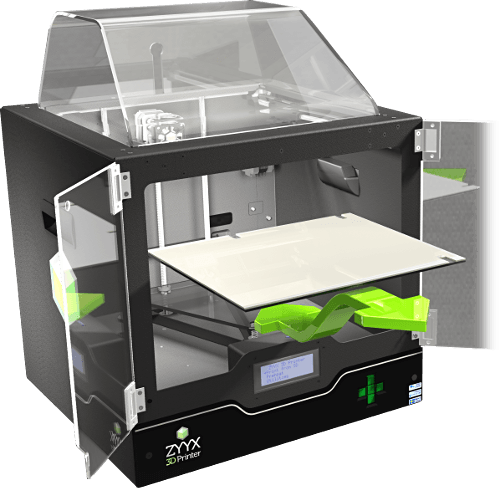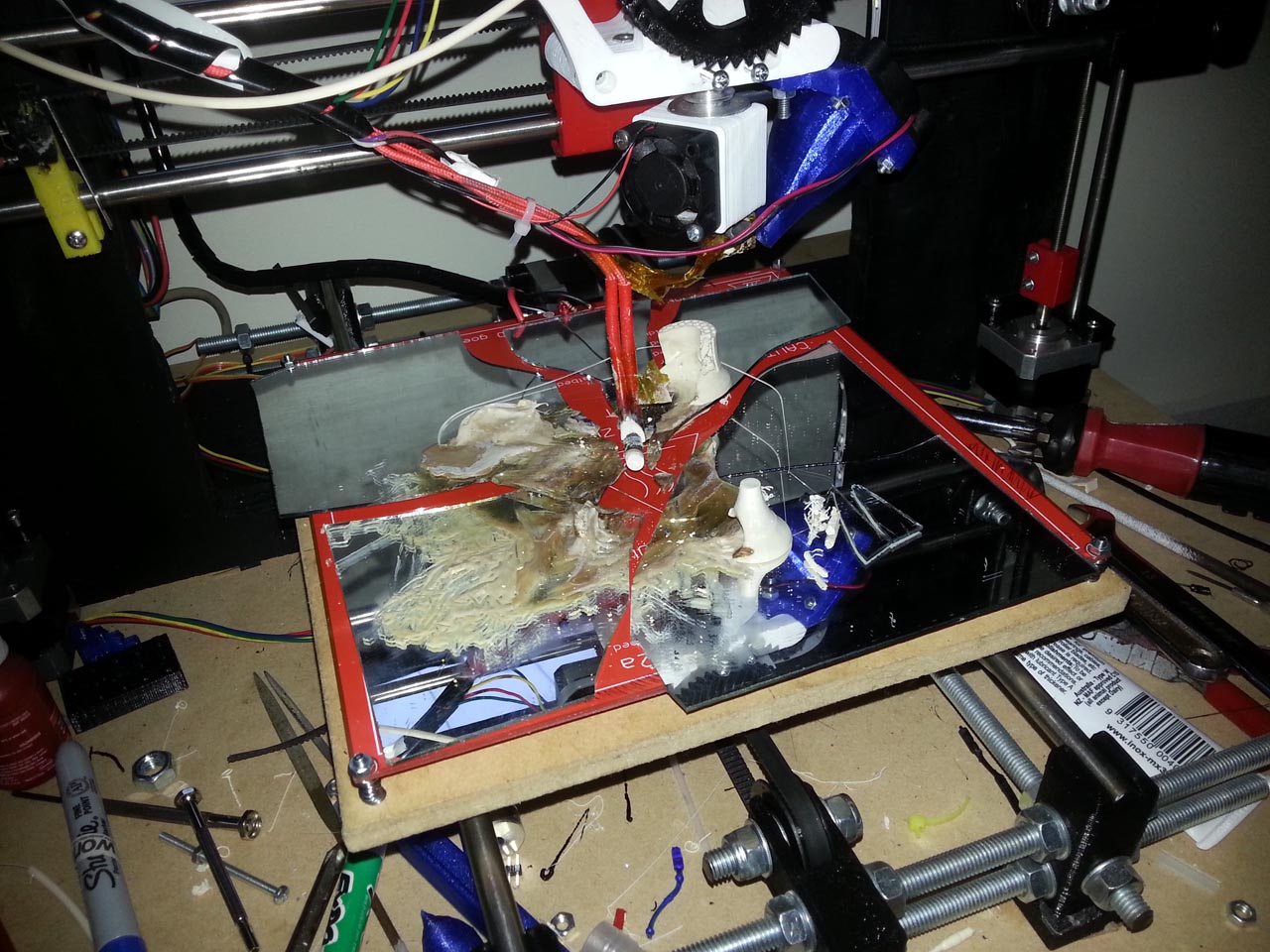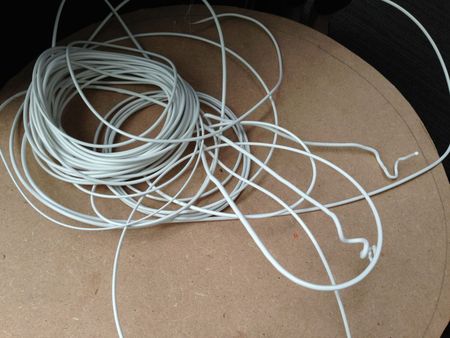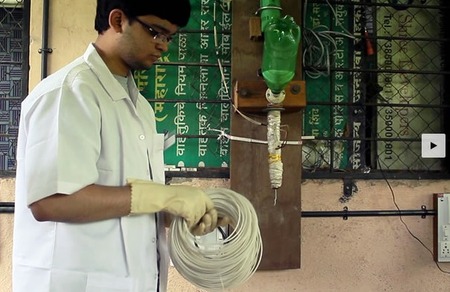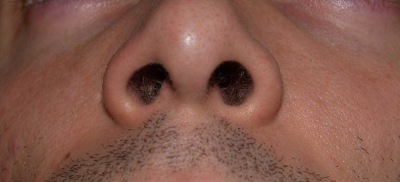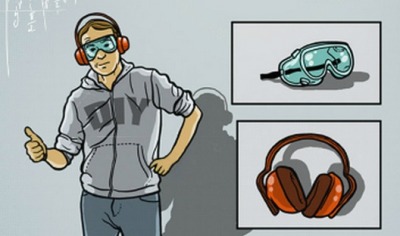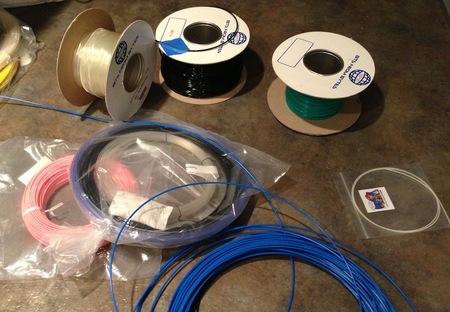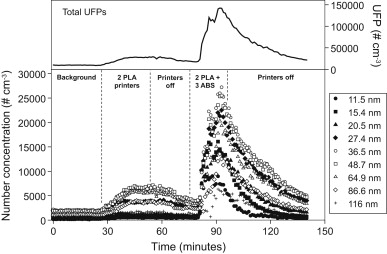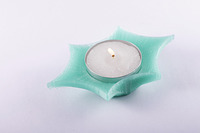A technical notice recently issued by EOS to their clients regarding 3D print metal condensate safety.
safety
Is Your 3D Printer Killing You Slowly?
I’ve become aware of a potential issue that some readers may not know about: PFTE toxicity.
RIZE Makes A Materials Deal With Sindoh
Two 3D printer companies have made an arrangement for use of materials: certain Sindoh equipment will be able to make use of RIZE materials.
More On The 3D Printer Hair Incident
We were able to view video footage of the 3D printing hair-caught incident from last week and have determined exactly how it occurred, and how to prevent it from happening again.
Four Far Out Predictions For 3D Printing In 2020
General predictions of the future are easy, mere extensions of existing trends. Here we provide some very specific — and unlikely — predictions for 2020.
Rize All-In On Bio-Friendly 3D Printing
It seems that RIZE is placing a bet on a future 3D printing world with increased emphasis on safety. We found out some details.
New Dangers For 3D Printer Operators
We witnessed yet another dangerous situation encountered by a 3D printer operator and provide some advice on how to avoid the situation.
3D Printer Emissions Are Everywhere
Did you know there are increased levels of 3D printer emissions even at trade shows? We found a measurement to prove this happens.
Question of the Week: Resin 3D Printing Safety
Exactly how dangerous is 3D printer resin, and what do you do about it. We list some thoughts and actions you can take to ensure additional safety.
First Flame Retardant Material for SLA 3D Printing Now Available
You can now 3D print flame retardant parts using SLA 3D printing processes with Cubicure’s new Evolution FR resin.
Kora’s Powerful SC-01 3D Printer Safety Enclosure
Need a safety enclosure for your 3D printer? Don’t even know why? Find out more with our look at the Kora SC-01 Safety Cabinet.
More Details On The Surprisingly Sophisticated Ultimaker S5 Pro Bundle
Ultimaker’s new S5 Bundle is far more than a marketing slogan. It is a highly sophisticated 3D printer that includes a variety of production features.
The Significance Of UL GREENGUARD 2904 Certification In 3D Printing
Today Rize announces the first UL GREENGUARD 2904 Certified 3D printer and materials; what does this mean for the 3D printing industry?
Rize Announces First UL GREENGUARD Certification: CEO Interview
3D printer emissions are in focus again today, but with a progress update: the first GREENGUARD-certified 3D printer has been announced.
Question of the Week: 3D Printer Resin Safety
Is 3D printer resin safe? Is it safe when ventilated? The answer is most definitely no, and it’s not because of resin fumes.
Do You Need A 3D Printer Emissions Sensor?
3D printers emit VOCs — volatile organic compounds. Do you need a sensor to detect them? We examine a proposed DIY solution.
3D Print Learning Series: Safety
This is an entry in our 3D Print Learning Series, focusing on 3D print safety, which is far more risky than you might have imagined.
Treat 3D Printer Resins Very, Very Carefully
Do you think 3D printer resin is safe? It might not be. Consider this story of a 3D printer operator who was severely burned by a caustic photopolymer resin.
Book of the Week: Automated Construction Safety
Do construction 3D printers offer any type of safety program? What might form a proper safety regime for construction 3D printing?
The Safety Bomb Hidden In Some Metal 3D Print Operations
Are you 3D printing in metal? If so it’s possible you have an unknown safety hazard caused by stored flammable condensate produced by gas filters.
3D Printer Safety: Adapting Your Home Workstation to Avoid Potential Hazards
Personal 3D printers are a (relatively) new introduction to the home interior. In a way, some might consider 3D printers a home appliance like an oven, sewing machine, or toaster.
Some Clear Advice On How To 3D Print Food-Safe Items
I’ve just reviewed what seems to be the most comprehensive resource I’ve yet seen regarding 3D printing food safety.
UK’s Health And Safety Executive Looking At 3D Printing
A new report about 3D printing safety has been issued by the UK’s Health and Safety Executive.
The Correct Way To Achieve Zero Emission 3D Prints
I’m quite impressed with Rize’s approach to dealing with 3D printer emissions, and it’s not anything you might expect.
The Deep Implications Of UL2904 On 3D Printing
UL finally published its standards on 3D print safety, and there are definitely going to be implications.
3D Printer Safety: Another Anet A8 Burns
Once again, an Anet A8 desktop 3D printer caught fire.
3D Printing Health Risks Identified by UL and Georgia Tech
It’s been known for several years that desktop 3D printers, and presumably any extrusion 3D printer operating in an open environment, can be potentially dangerous.
One Comprehensive 3D Printing Safety Solution
We received responses from our provocative post last week, “Does ANYONE Care About 3D Printer Emissions?”
One Inexpensive Way to Add Some Safety to Your 3D Printer
After publishing our rant about the increasingly important lack of attention paid to safety in 3D printing, we received an interesting tip.
3D Printing Health Risks Identified by UL and Georgia Tech
It’s been known for several years that desktop 3D printers, and presumably any extrusion 3D printer operating in an open environment, can be potentially dangerous
Harz Labs Hopes to Beat the Resin Market
We encountered Harz Labs, a 3D printer resin manufacturer.
Does ANYONE Care About 3D Printer Emissions?
After reading more scary papers researching 3D printer emissions, I am baffled by the industry’s lack of response.
NASA Testing Antibacterial 3D Print Materials, But Should You?
It appears that NASA is testing some antibacterial 3D printing materials for potential space use.
3D Printing In The Dorm? Is This Really A Good Idea?
It’s nearing the start of University sessions for many students, some of whom may be contemplating using a 3D printer – in their dormitory room.
Is There Such A Thing As “Safe Resins”?
Fabbaloo reader Nick asks about Safe Resins.
A Solid Solution to 3D Print Air Quality
I’m watching a video from the folks at DIY3DTECH, where they show a comprehensive air system.
The Temptation of Non-Foodsafe 3D Prints
There is a problem that I see unfolding everyday.
Insurance May Be The Key to 3D Printing Safety
Yes, it apparently happened again. Someone’s house burned because of a 3D printer.
3D Printer Safety at Issue, Again
Desktop 3D printers are definitely not the safest machine you can have.
Finally: A Desktop Fume Extractor Project
This is something I’ve been interested in for some time: an inexpensive fume extractor you can make yourself.
WARNING: No 3D Printed Weapons!
The College of Charleston in South Carolina does not want you to 3D print any weapons.
The Sometimes Visible and Mostly Invisible Dangers of 3D Print Materials
The lack of standards and packaging inconsistencies in 3D printer filament may hide safety issues.
The ProtoPro Air Scrubber Solution
We’re looking at a very interesting air safety system for desktop 3D printing today.
What Dangers Face 3D Printer Set Top Users?
With the increase in set top options for desktop 3D printers, I’m wondering what might go wrong.
3DPrintClean’s Model 3 Series: A Complete Set of Safety Accessories in One Box
We’ve often written on the topic of 3D printing safety, and there are few other solutions that do as much as 3DPrintClean’s.
A Solution to the 3D Printer Air Filtration Problem?
Last week we wrote on the invisible problem of nanoparticles not being caught by typical HEPA filters. One company may offer a solution.
Guess What? Standard HEPA Filters May Not Solve 3D Printer Emissions
There’s been much ado about nanoparticle emissions from desktop 3D printers, but one solution may actually not be one.
The Dangers of 3D Printing Your Own Designs
The emergence of easy making technologies has transformed many people into “makers”, but are there hidden dangers?
The Deeper Truth of 3D Printing Particle Emission Analysis
New research offers additional information about 3D printer particle emissions and some hints on how best to reduce them.
Making Your Own 3D Printer Air Purification System
Safety is too often ignored by those operating desktop 3D printers, particularly air quality.
The Sometimes-Required 3D Printer Filtration Accessory
With the increase in use of desktop 3D printers in professional offices comes another issue: air quality.
UL Confirms Suspicions of 3D Printer Safety
Over the past few years we’ve always advised those with desktop 3D printers to ensure appropriate ventilation is present.
The Dangers of Home 3D Printing: Printer on Fire!
There are certainly benefits to 3D printing at home, but there are multiple dangers you should be aware of. One of them is fire.
UK Teen Killed By 3D Printer
An article in The Telegraph describes a horrifying scenario in which a 17-year old died in a fiery explosion on his 3D printer.
“No Smokers, Pets or 3D Printers, Please”
A discussion on Reddit focuses on a very unusual apartment rental advertisement that mentions 3D printing. But what does this mean?
Why You Need to know What an MSDS is Today
Those new to 3D printing and making might encounter the word “MSDS”, and it’s extremely important to know about.
Would You Trust A 3D Print With Your Life?
As 3D printed goods make their way into everyday life, one has to consider the question, “Would You Trust A 3D Print With Your Life?”
3DPrintClean Introduces An Affordable Filtration Enclosure
3DPrintClean has been producing professional filtration solutions for a while now, but they’ve just launched a new low-cost version.
Safety Concerns Rising For Desktop 3D Printers
There’s some good news, we believe: an increasing number of 3D printer manufacturers are now taking safety issues much more seriously.
ROKIT’s New Non-Toxic 3D Print Materials
Korea-based ROKIT has released two new non-toxic 3D print materials: “Skinflex” and “Kitchen&Deco”.
3D Printing Materials Toxicity Assessment: Yes, Toxic
Researchers at the University of California, Riverside have determined that at least some commonly used 3D printing materials are toxic.
More On The Case of the 3D Printer Fire
We’ve obtained additional information regarding our recent story of a residential 3D printer-related fire.
3DPrintClean’s Filtrations Solutions Now Available
3DPrintClean’s product line of 3D printer accessories for emission filtration are now available for purchase.
3D Printer Almost Burns Down House
A 3D printer operator was lucky to have been present when his 3D printer went awry and almost burnt his home to the ground.
An Easy Way to Vapor-Smooth PLA 3D Prints?
For years hobbyists have been smoothing their ABS plastic 3D prints with acetone vapor, but PLA has had no solution. A video shows a potentially useful method using PVC pipe cleaner.
Do You Need a Smoke Alarm for your 3D Printer?
There’s another accessory you might consider for your 3D printer: a smoke alarm.
Is Metal 3D Printer Filament Dangerous?
We’re wondering whether using metal-infused filaments in personal 3D printers is actually a safe thing to do.
Finally: A 3D Printer Filter Accessory
We’ve been looking for something like this for a very long time: finally a way to purify emissions from personal 3D printers.
Underwriters Labs Examines 3D Printing Safety
Until now, the world of 3D printing gear has been relatively untouched by standards for safety and usage. But that could change.
Safety Challenges Coming for 3D Printing Operations
We wrote the other day about UL’s examination of 3D printing safety. When they finish, there could be significant trouble for many companies.
Smoke Signal Could Save Your 3D Printer
Following up on our report on 3D printing safety, we’ve been tipped to a safety device dedicated to 3D printers: the Smoke Signal.
Personal 3D Printing Safety Concerns
You’ve bought and installed a 3D printer in your home. What should you be worried about?
The Fumeless ZYYX 3D Printer
We haven’t yet seen one in person, but we really like the features of the new ZYYX 3D printer.
Near Disaster While 3D Printing
What’s the worst thing that could happen to you while 3D printing? You could die. And it almost happened.
Could 3D Print Recycling Be Dangerous?
Recently several ventures have attempted to produce devices for producing your own 3D printer plastic filament. The idea is that you can purchase plastic pellets at a fraction of the price of filament, feed them into the filament machine, which then extrudes filament for you to spool. There’s another way to use these devices:… Continue reading Could 3D Print Recycling Be Dangerous?
The Ethical Filament Foundation
Do you know where your 3D printer plastic filament came from? Do you know who produced it, and how they did it? Is it possible you purchased 3D printer filament that was made by children, perhaps in dangerous environments? It seems that some filament is produced in third world countries by having the poor… Continue reading The Ethical Filament Foundation
The Smells of 3D Printing
Everyone is fascinated by the process of 3D printing. Objects seem to appear (albeit slowly) right out of thin air. Beyond the visual experience, most people also note the sounds of 3D printing, which in today’s 3D printers are much less evident than earlier models. But there’s another experience: smell. While your 3D printer… Continue reading The Smells of 3D Printing
A DIY Safety Guide
We’ve been directed to a Safety Guide created by Tatiana Crisan for those building their own personal CNC machine. While a CNC machine is by no means a 3D printer, many of the safety guidelines portrayed are totally applicable for those building personal 3D printers. Yes, reading these points may seem obvious and even… Continue reading A DIY Safety Guide
It’s Time For Filament Standardization
Some 3D printer manufacturers have moved to proprietary filament cartridges, but many 3D printers are still capable of using generic plastic filament. Why go proprietary? Aside from the obvious solidification of plastic revenue, manufacturers want to ensure a more reliable and consistent printing result by using filament that meets their requirements. Meanwhile, generic… Continue reading It’s Time For Filament Standardization
Safety of 3D Printing Questioned
A new report has examined the propensity of personal 3D printers to emit ultrafine particles. “Ultrafine Particle Emissions from Desktop 3D Printers” by Brent Stephens, Parham Azimia, Zeineb El Orcha and Tiffanie Ramosa of the Department of Civil, Architectural and Environmental Engineering, Illinois Institute of Technology, Chicago and the National Institute of Applied Sciences in… Continue reading Safety of 3D Printing Questioned
A Word On 3D Printed Gun Safety
If you happened to download the 3D printed handgun models before the US government confiscated them, it may be time to remind you of safety concerns should you attempt to 3D print this item. The ease of 3D printing and the sudden availability of a working gun model meant that some people will attempt… Continue reading A Word On 3D Printed Gun Safety
Is Your 3D Printer Filament Toxic?
You own a personal 3D printer that accepts 3rd party filament and you’ve purchased a selection of cool colors from an online shop – but is that filament safe? Aside from the obvious choices of color, quantity and filament diameter, the one factor most considered is price. Usually the lowest priced filament that meets… Continue reading Is Your 3D Printer Filament Toxic?
3D Printing Hot Stuff
We’ve been reading a post from BFB in which they’ve offered another christmas 3D model free for download as part of their Advent Calendar program. It’s a tea light holder. The item holds one of those standard-sized metal candle holders, which of course, you ignite and enjoy. But this got us thinking. Should 3D… Continue reading 3D Printing Hot Stuff
3D Printed Roboworm
New Scientist reports that Engineer Jordan Boyle from the University of Leeds has developed a “Roboworm” that can be used to burrow into small spaces. Such a device would be invaluable for earthquake rescues, where victims might be trapped under tons of rubble. While there are existing devices that can probe rubble piles, the… Continue reading 3D Printed Roboworm
Health and Safety of Fabs
The UK government’s Health and Safety Executive has issued a brief report on “Rapid Manufacturing”, in which they predict there could be 100,000 rapid manufacturing devices in use by 2010. In the longer term, the development of equipment and materials enabling the fabrication of products in the home via desktop “fabbers”3 and ultimately perhaps, Molecular… Continue reading Health and Safety of Fabs

